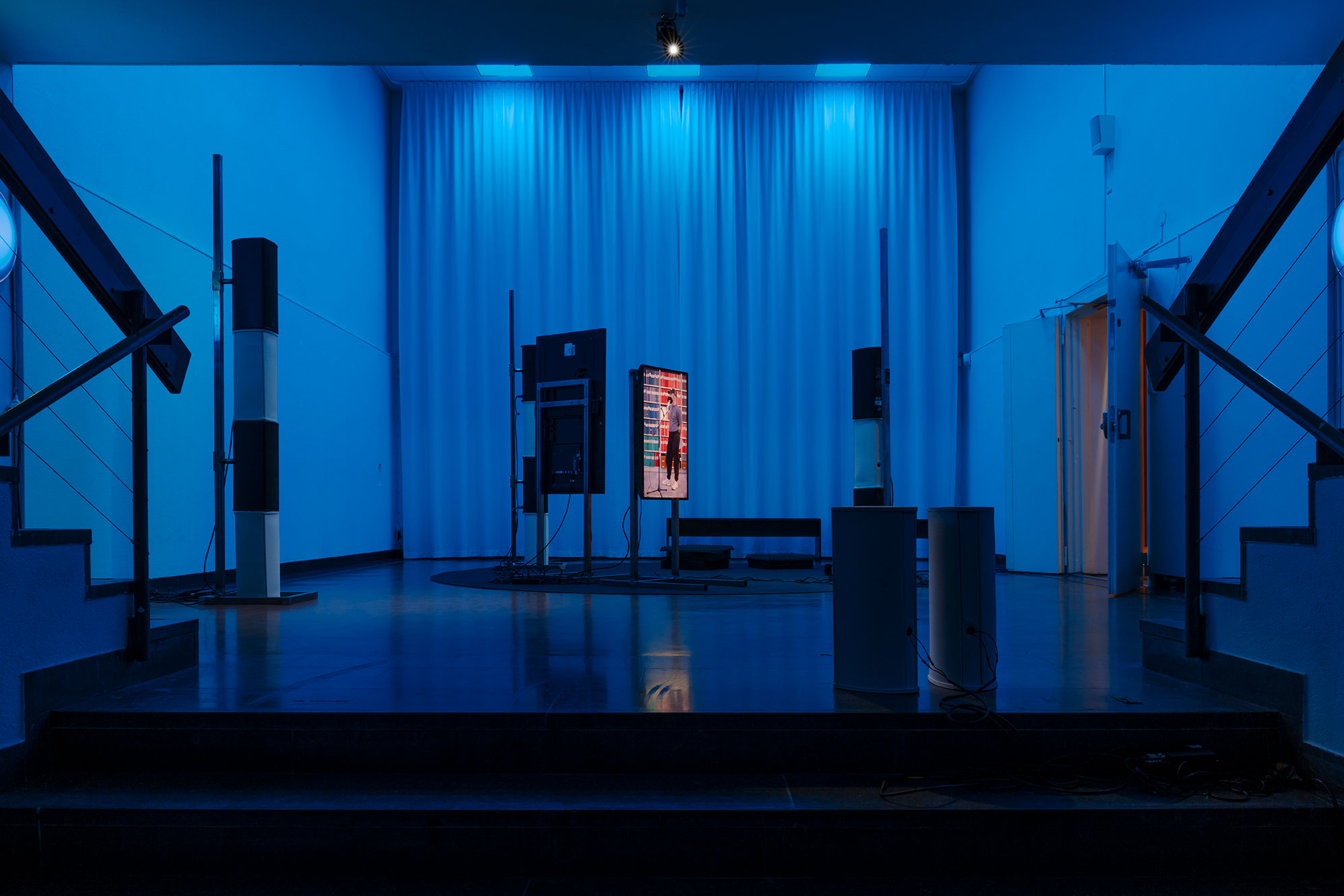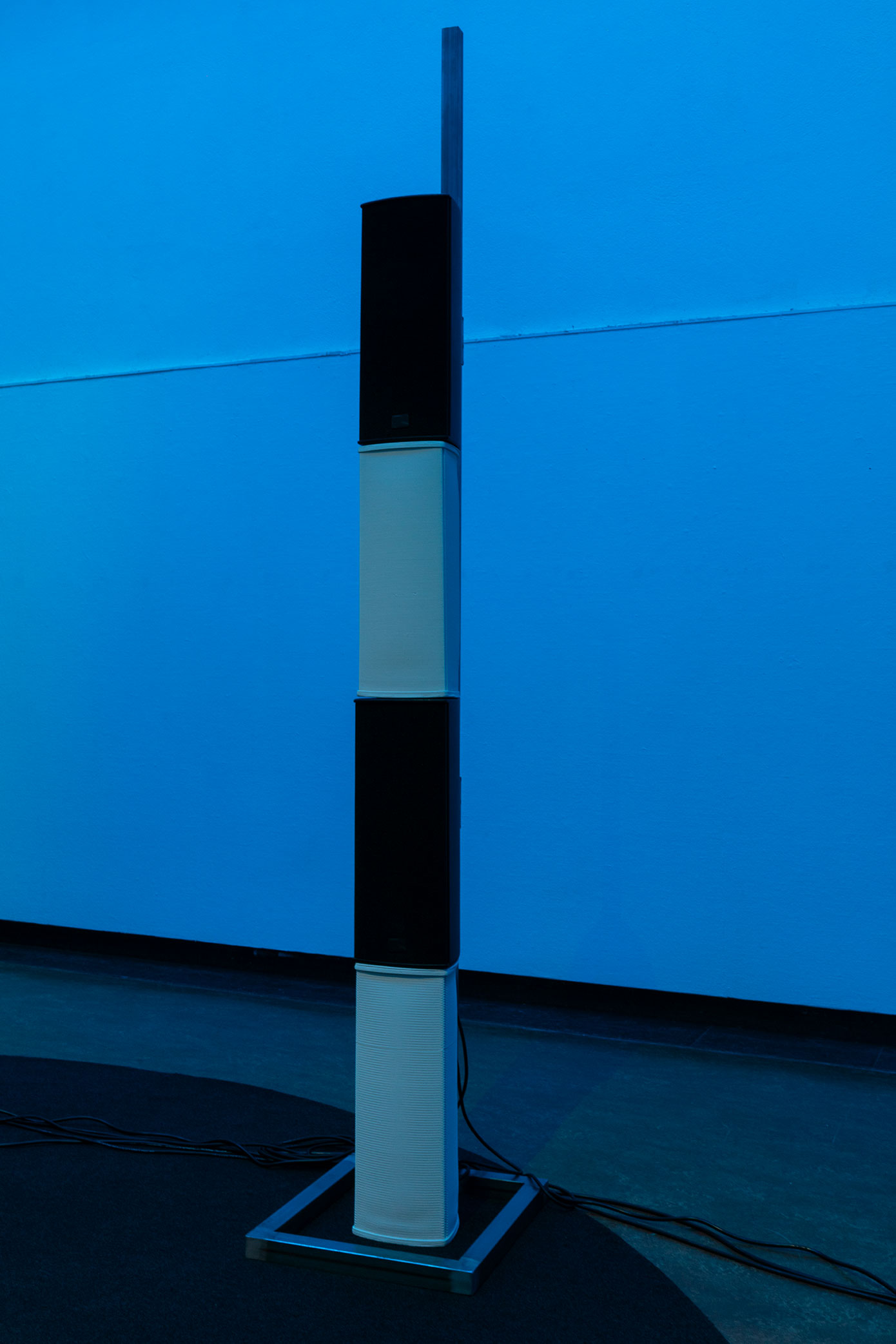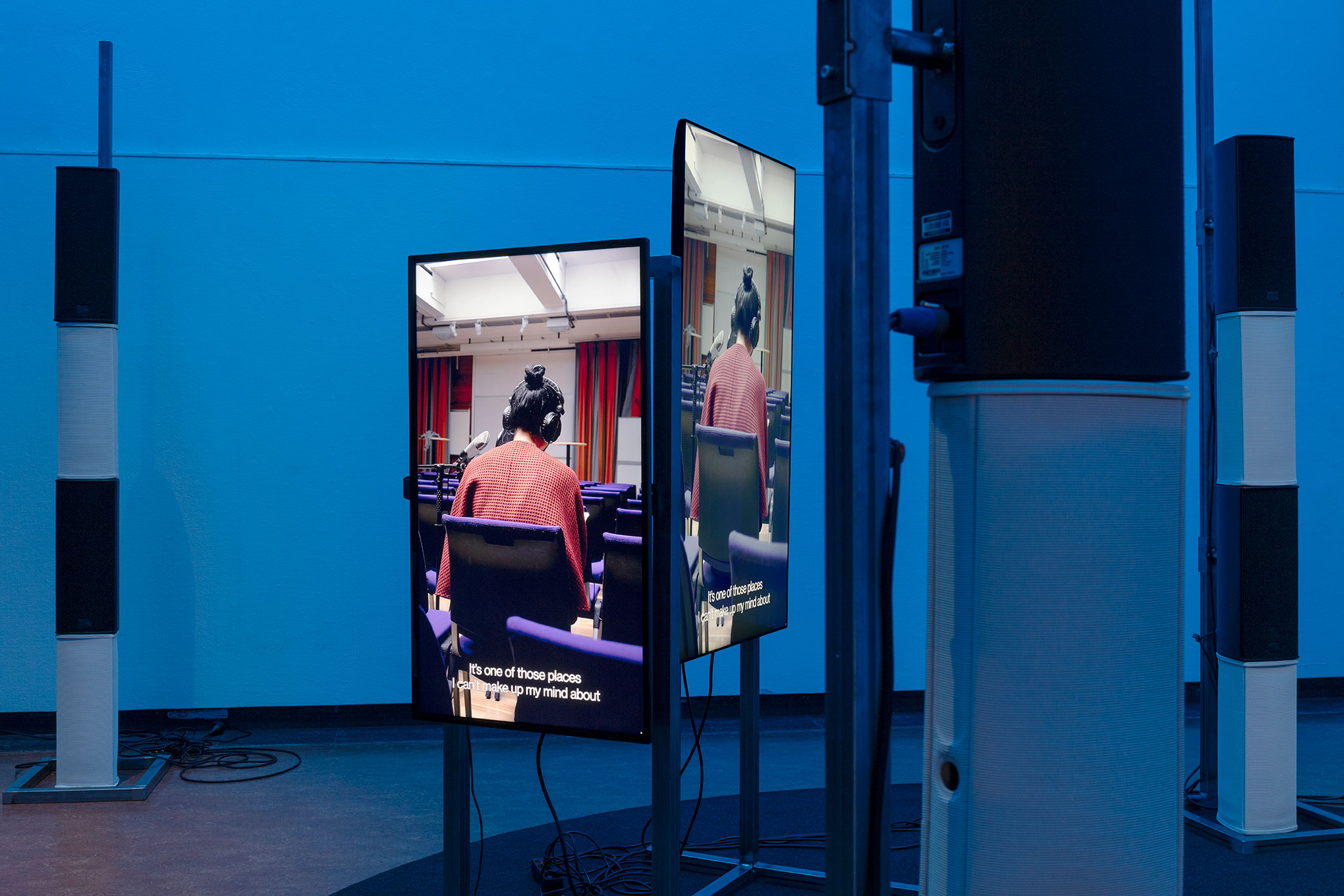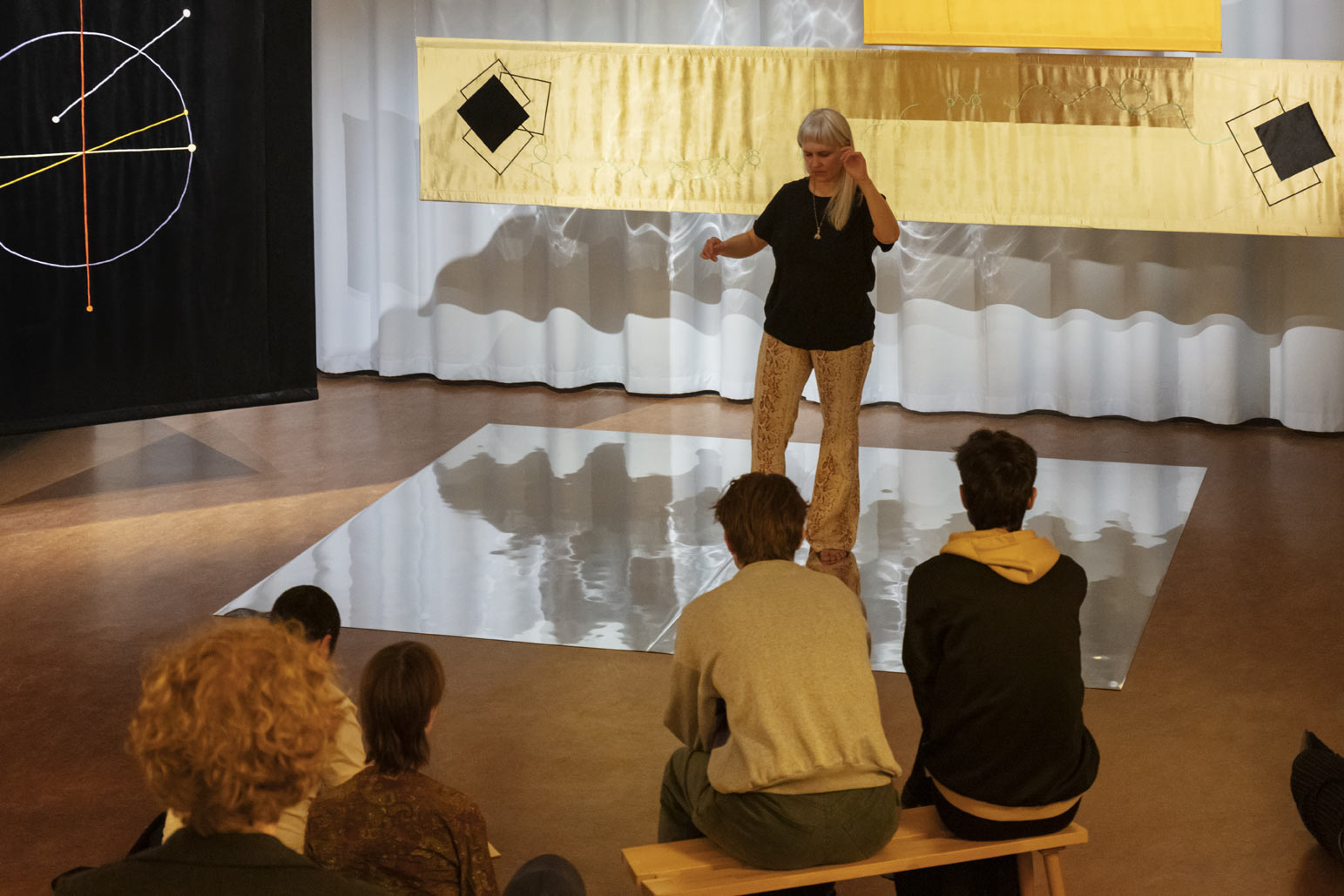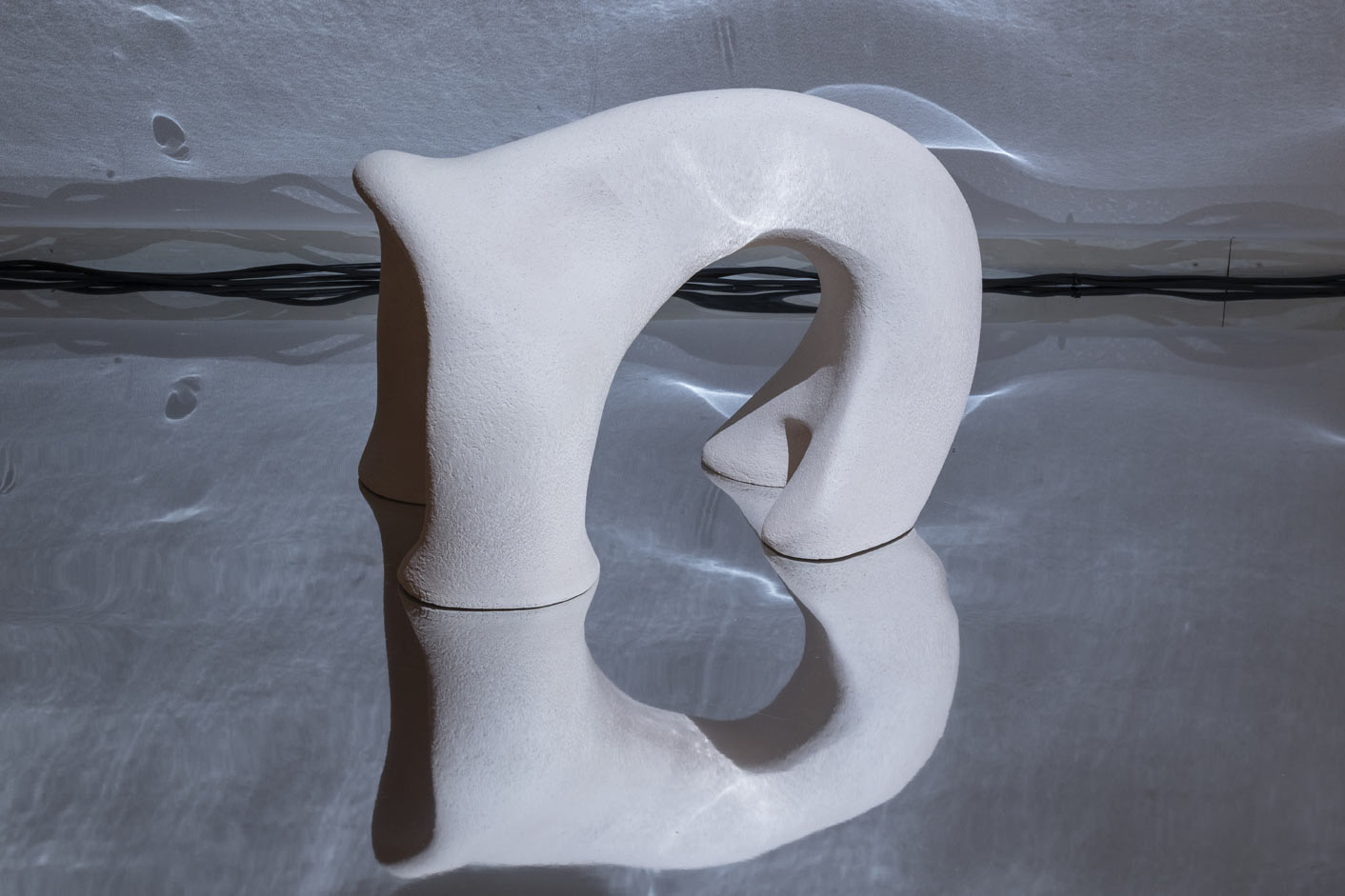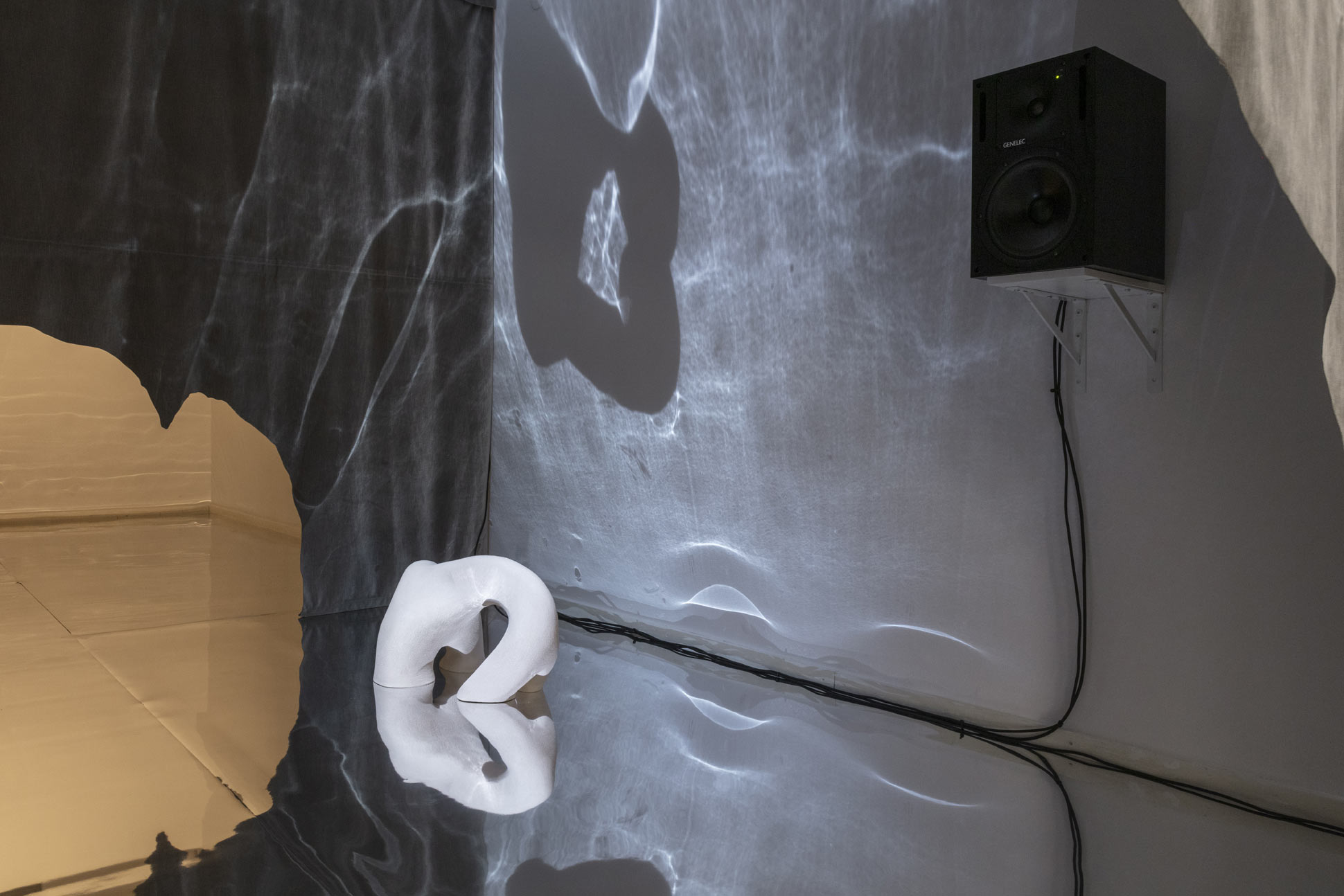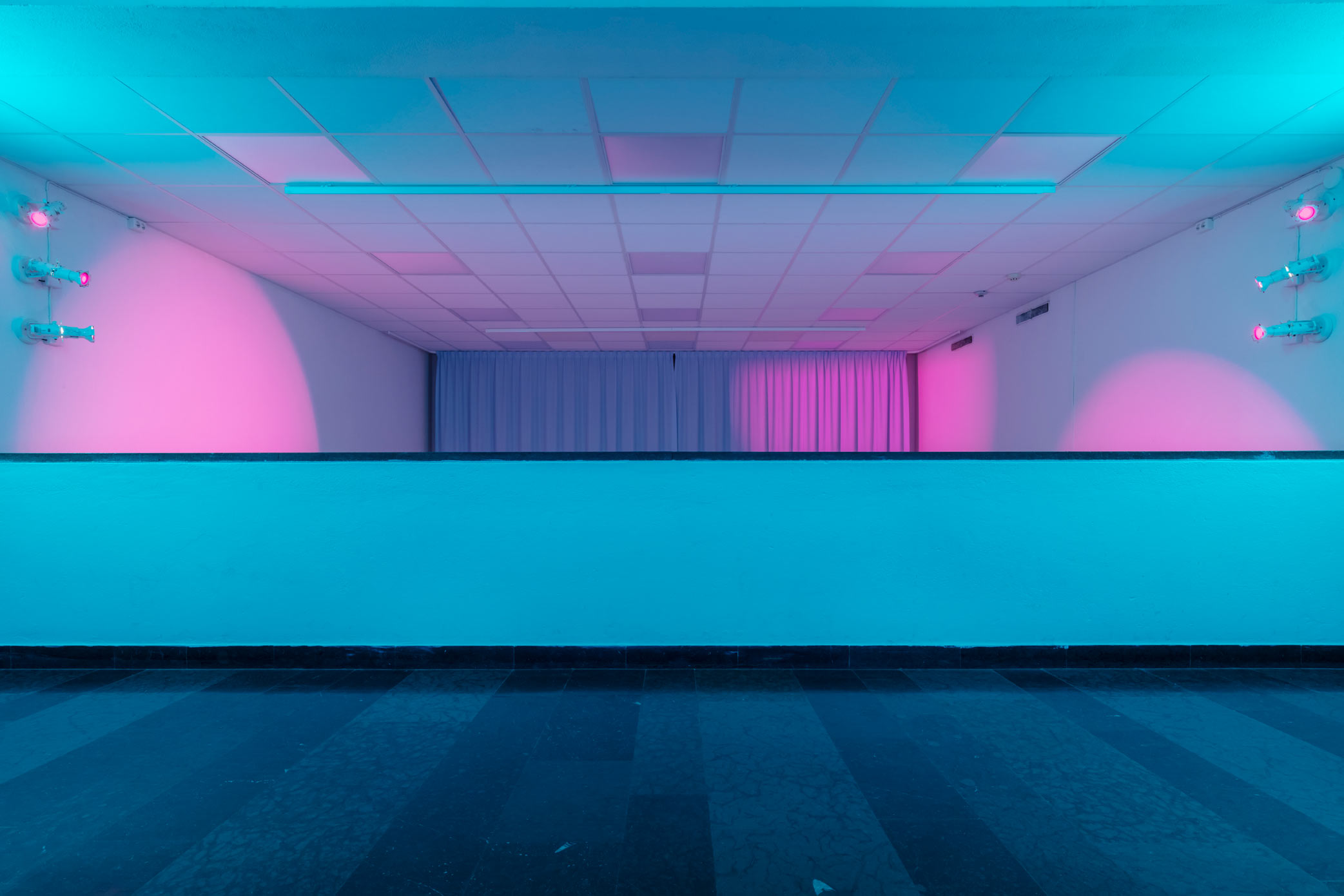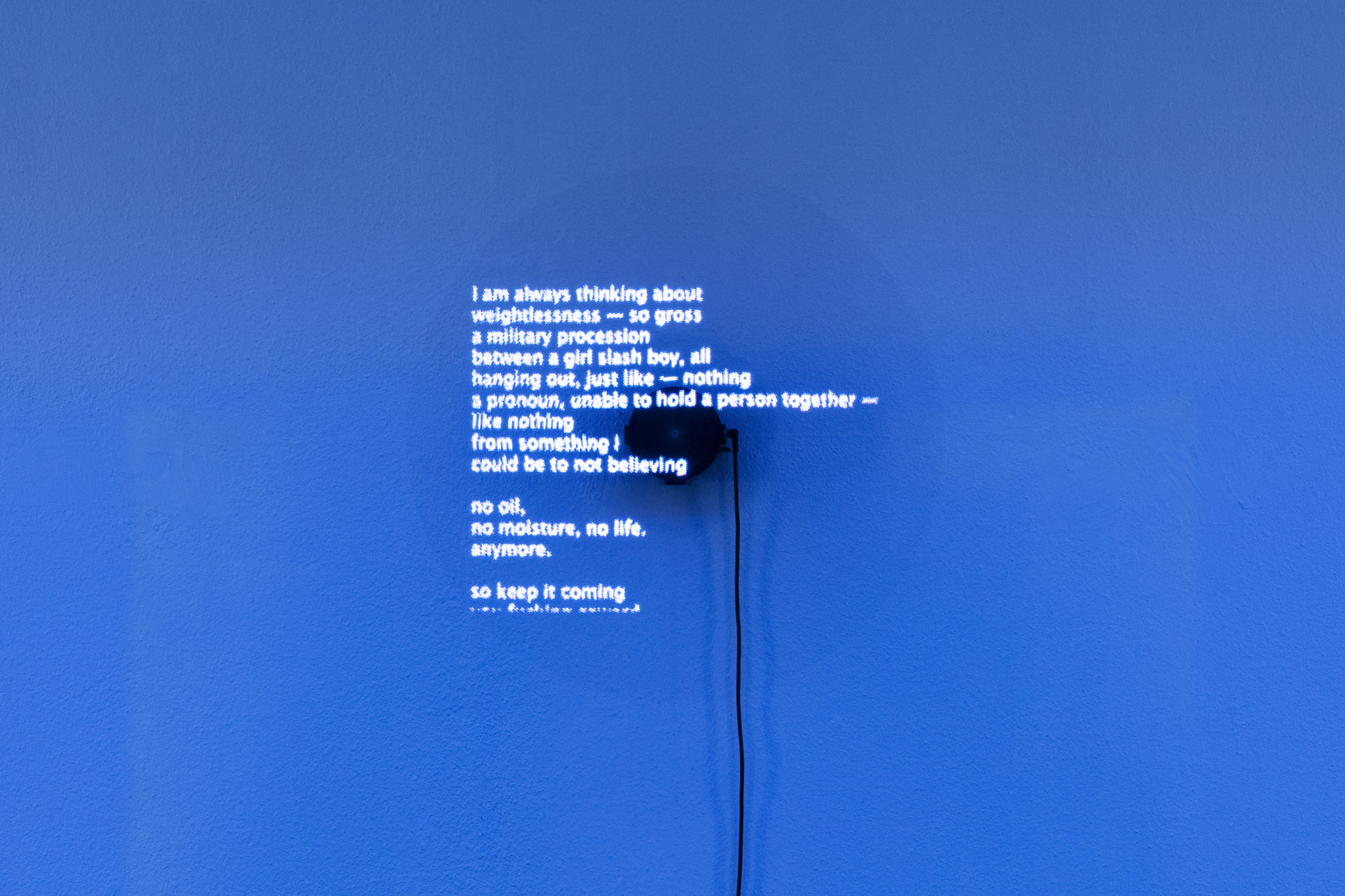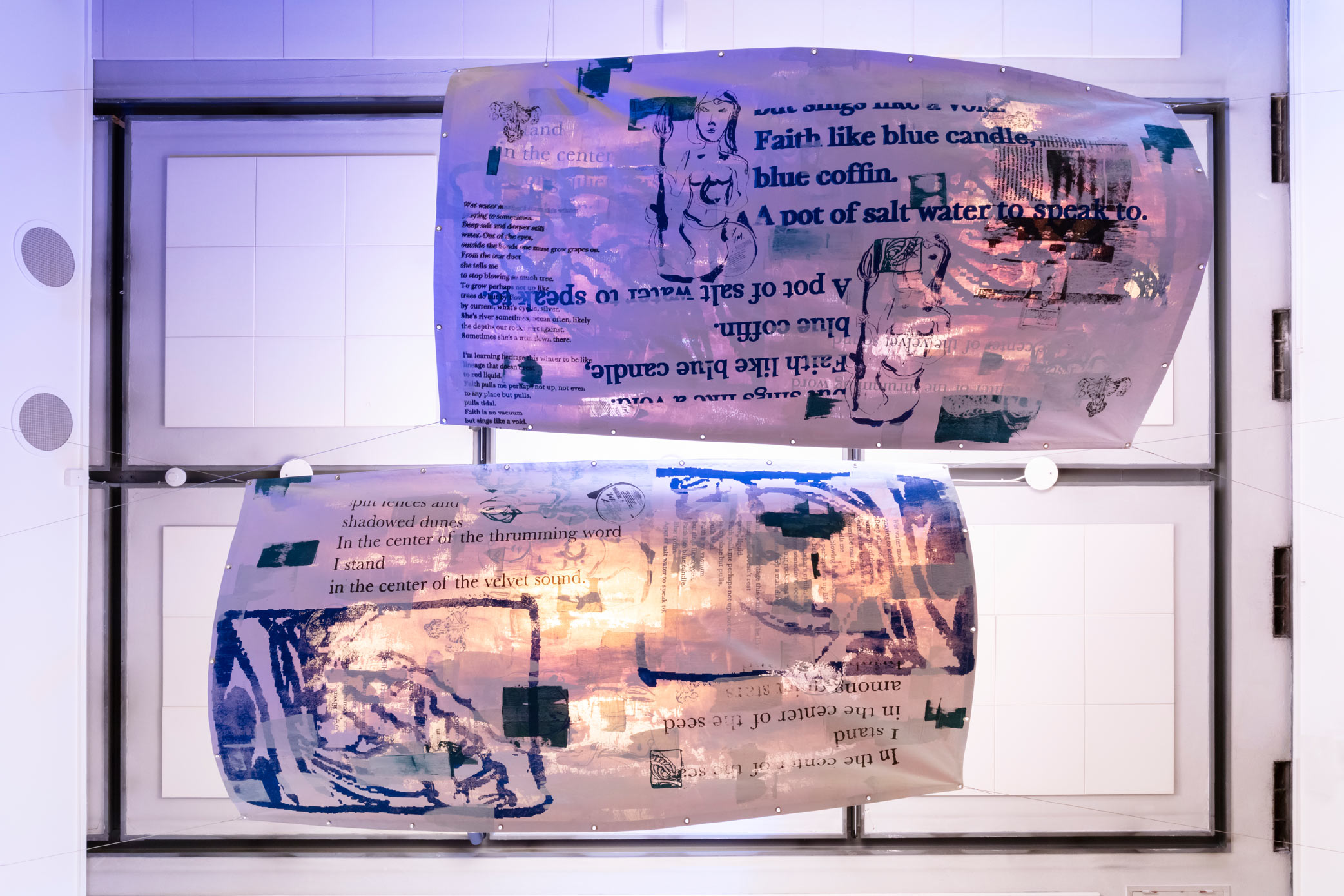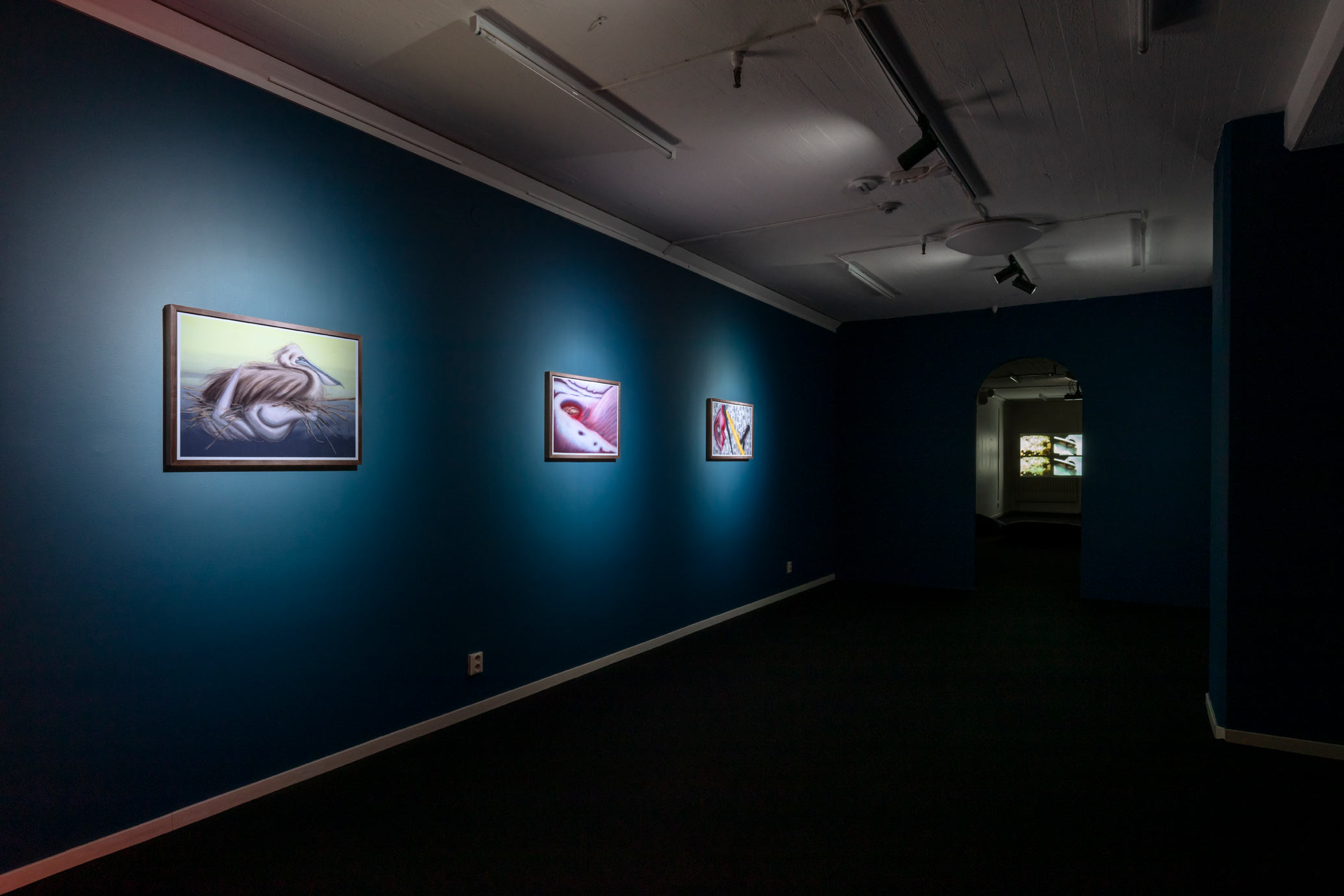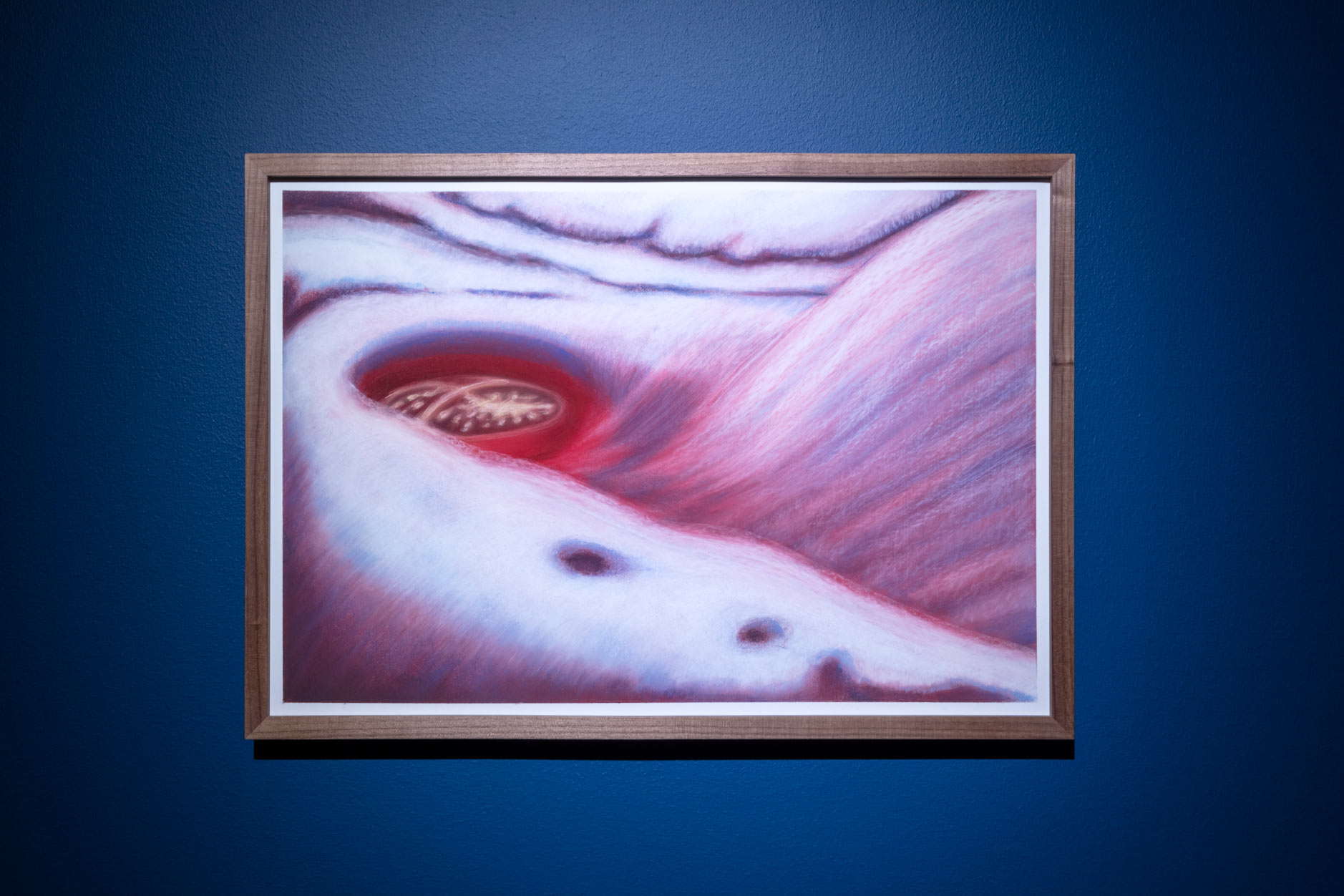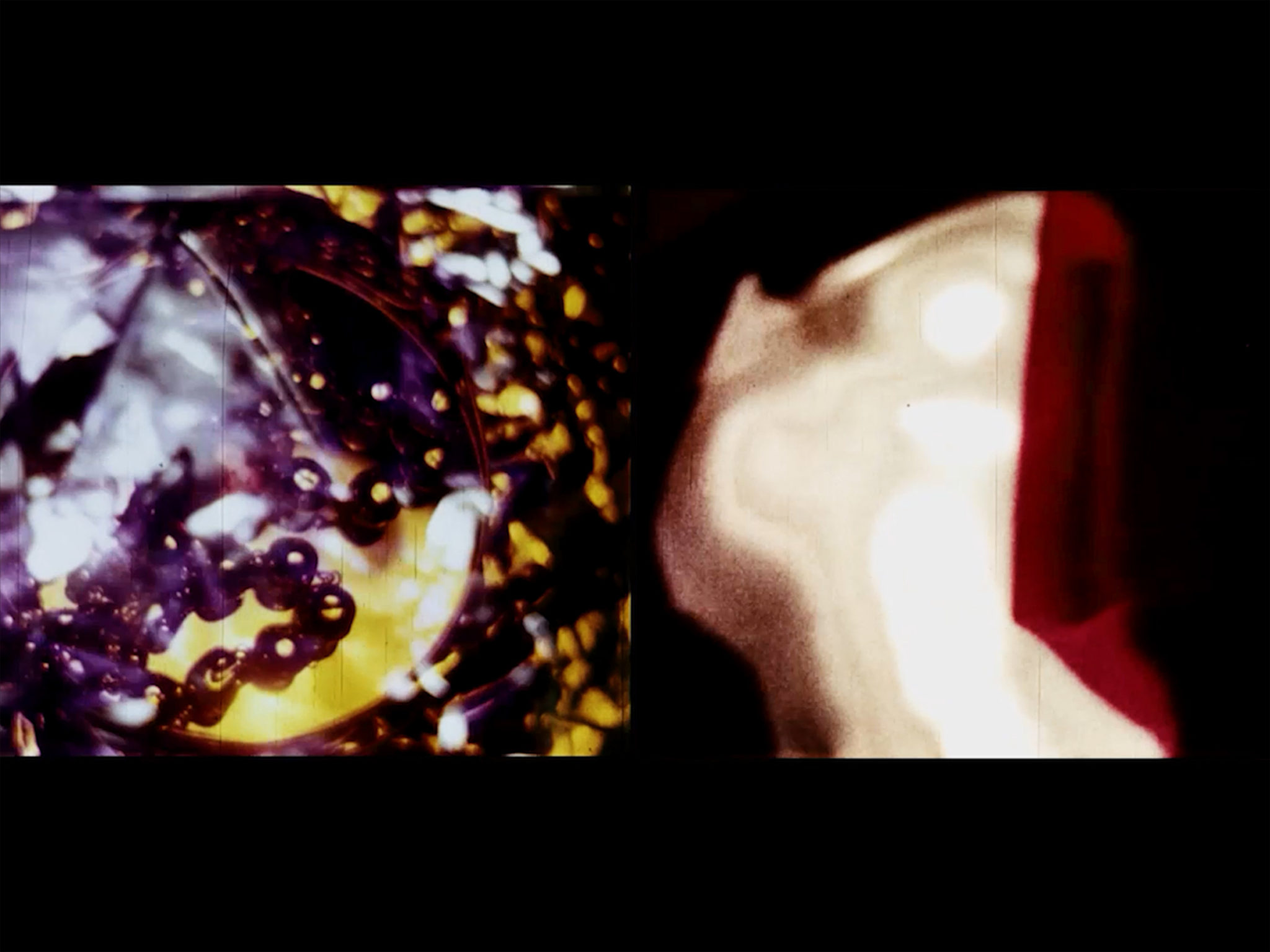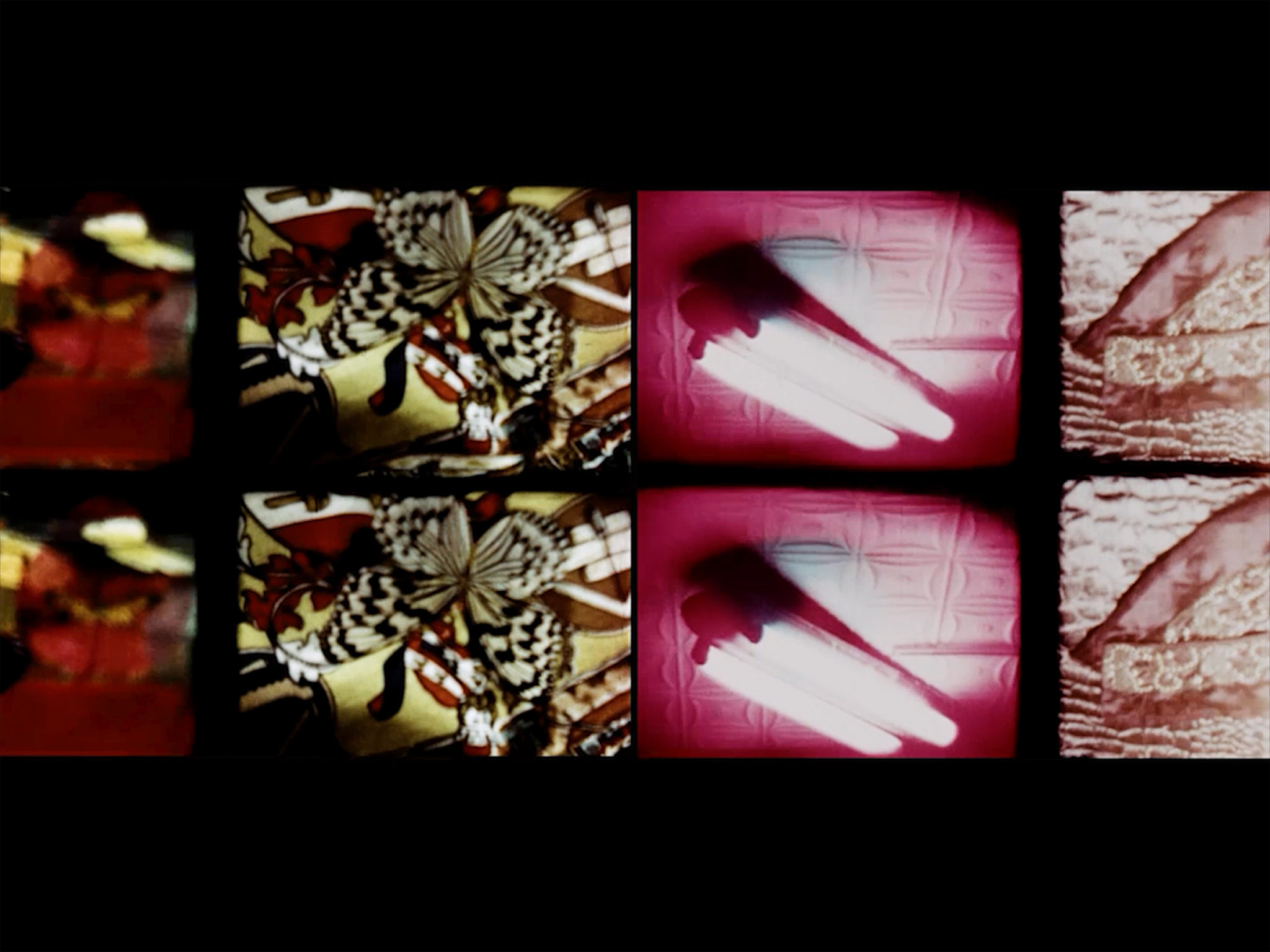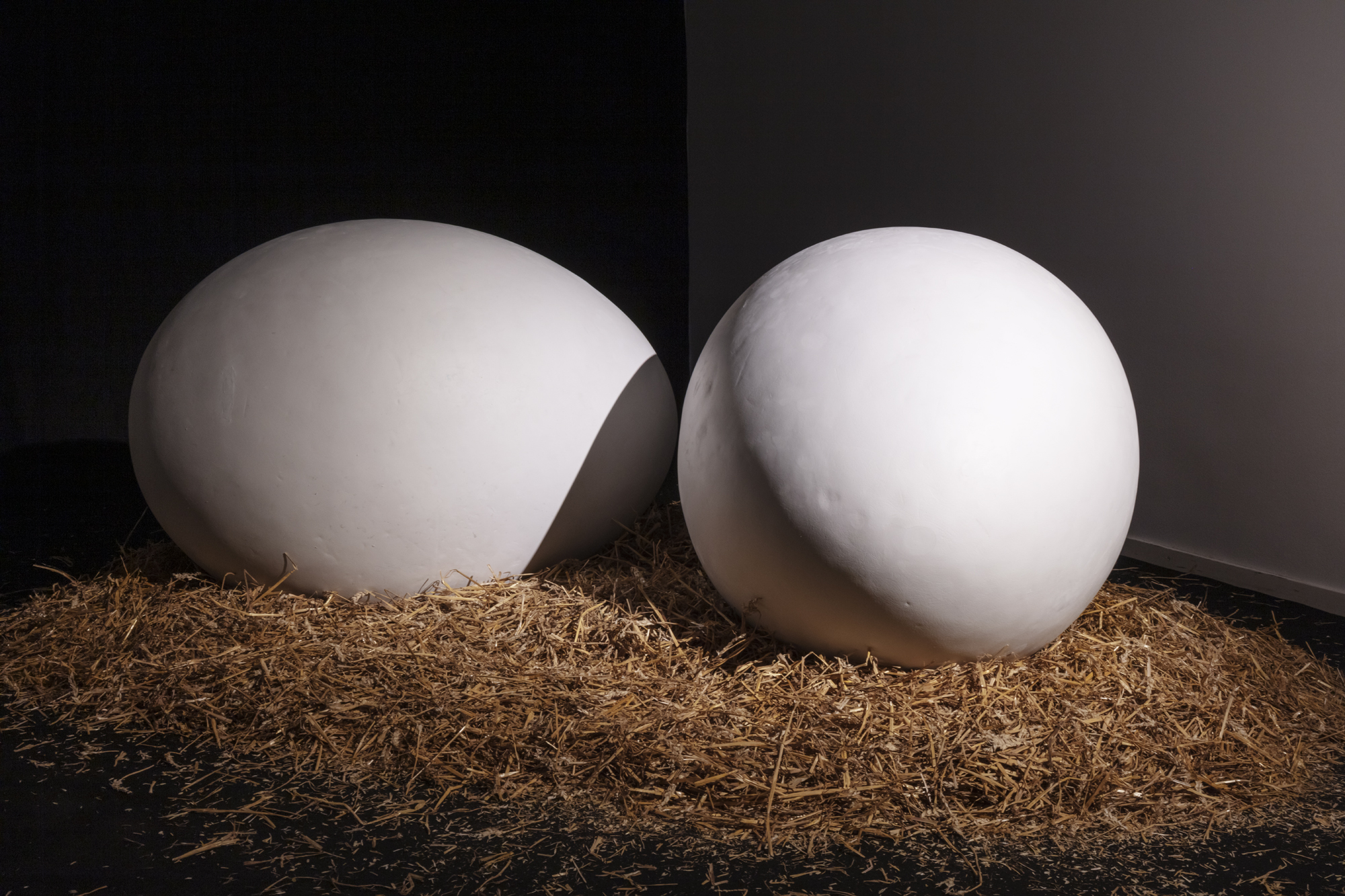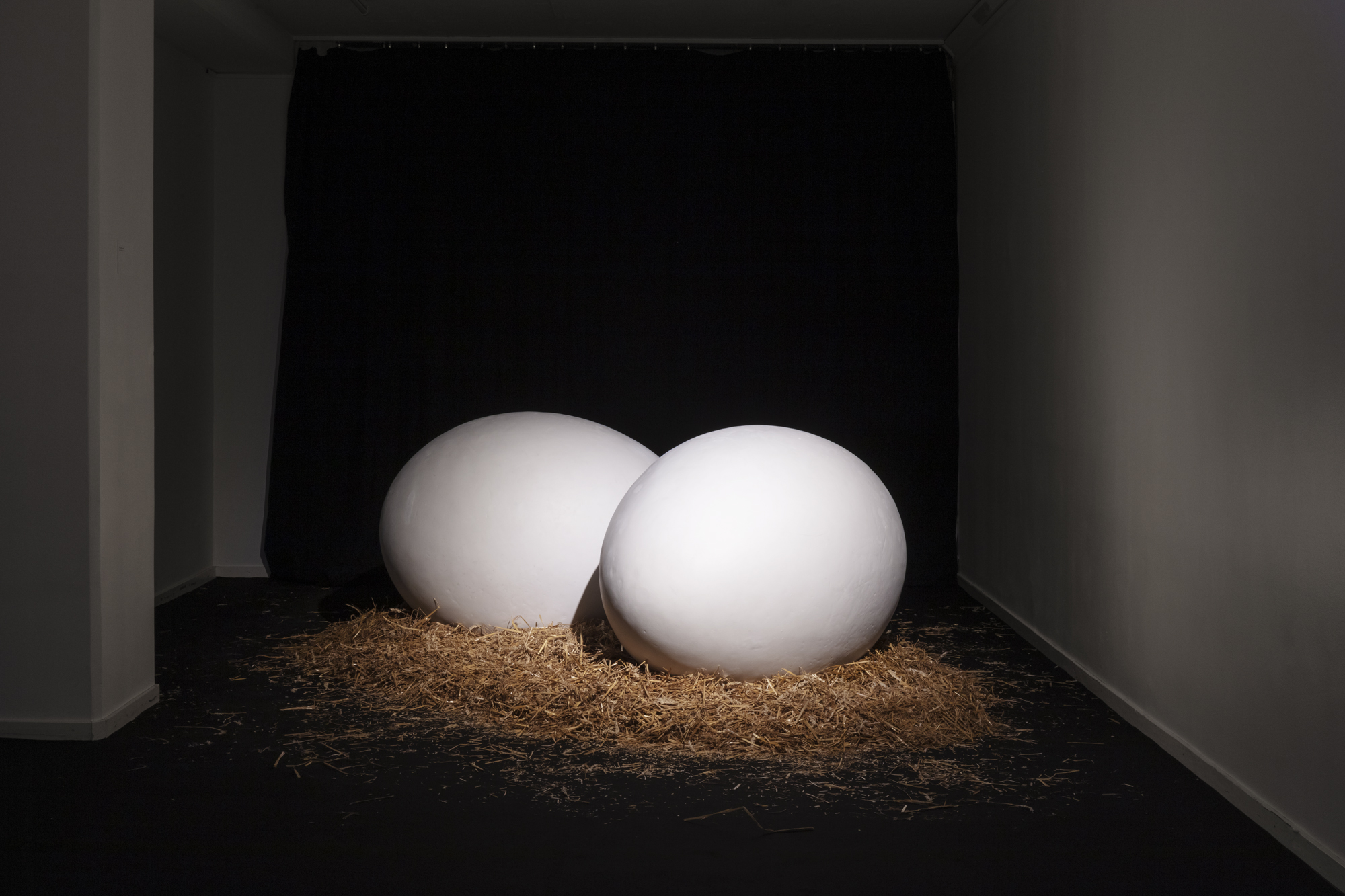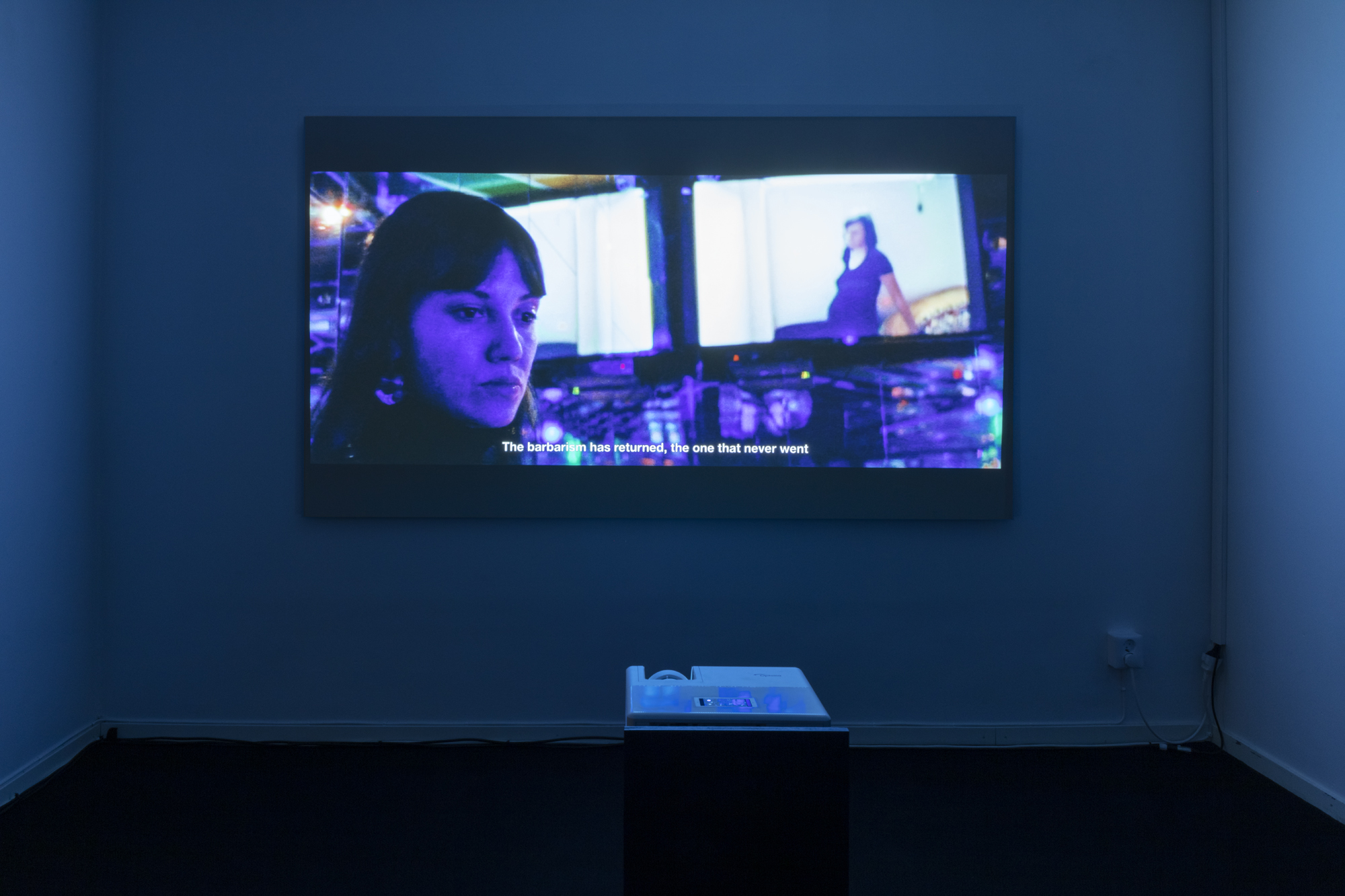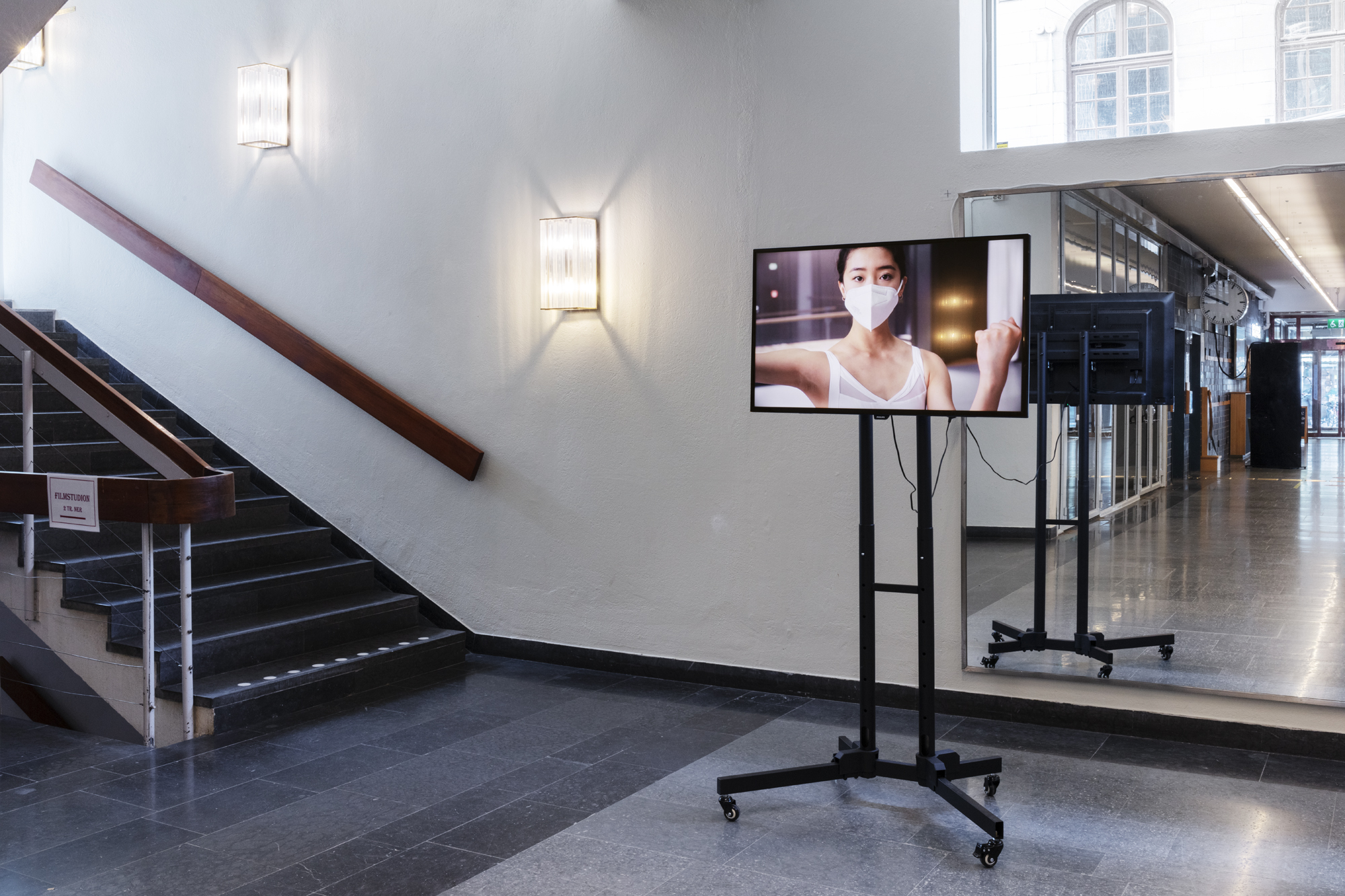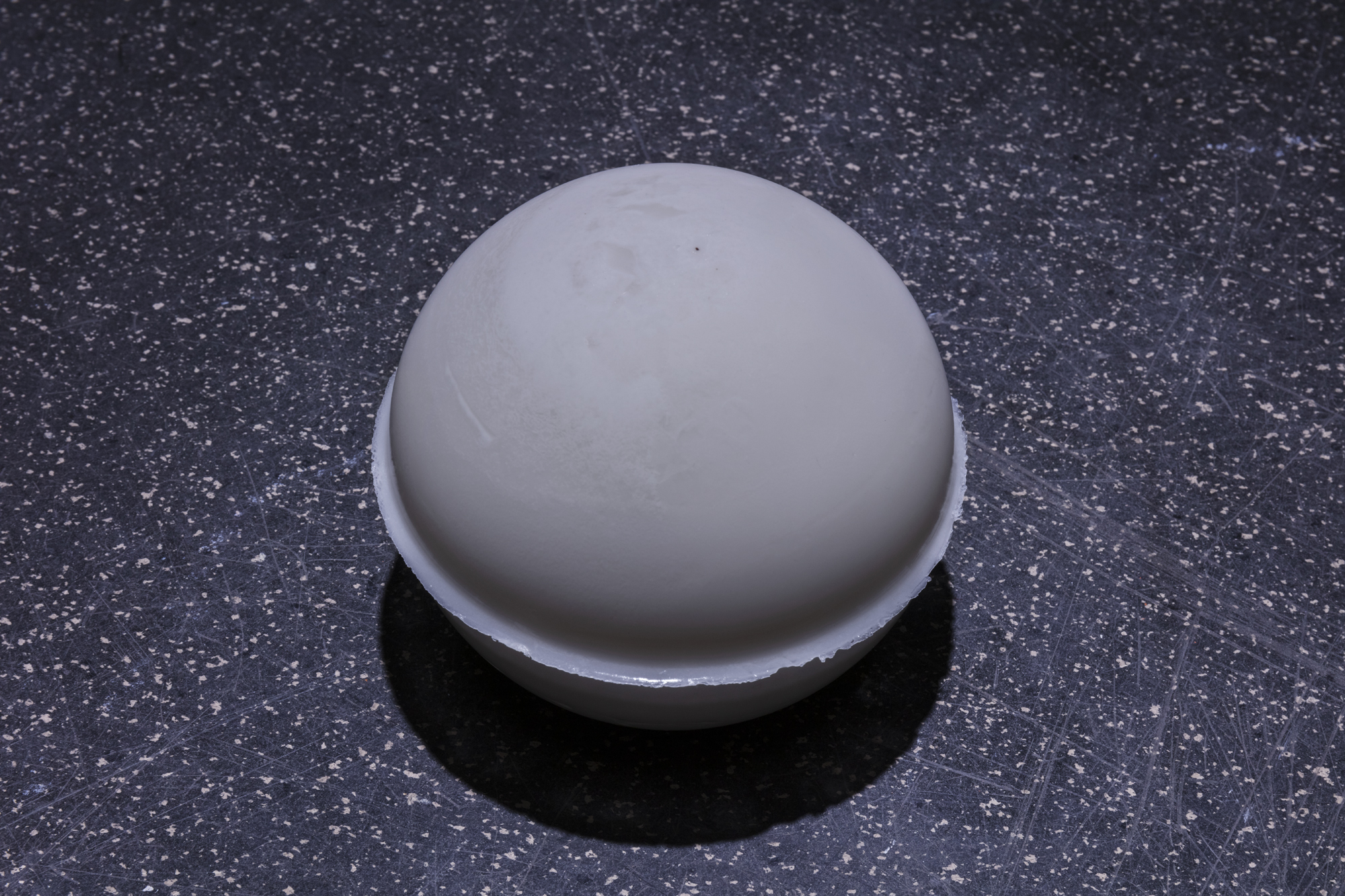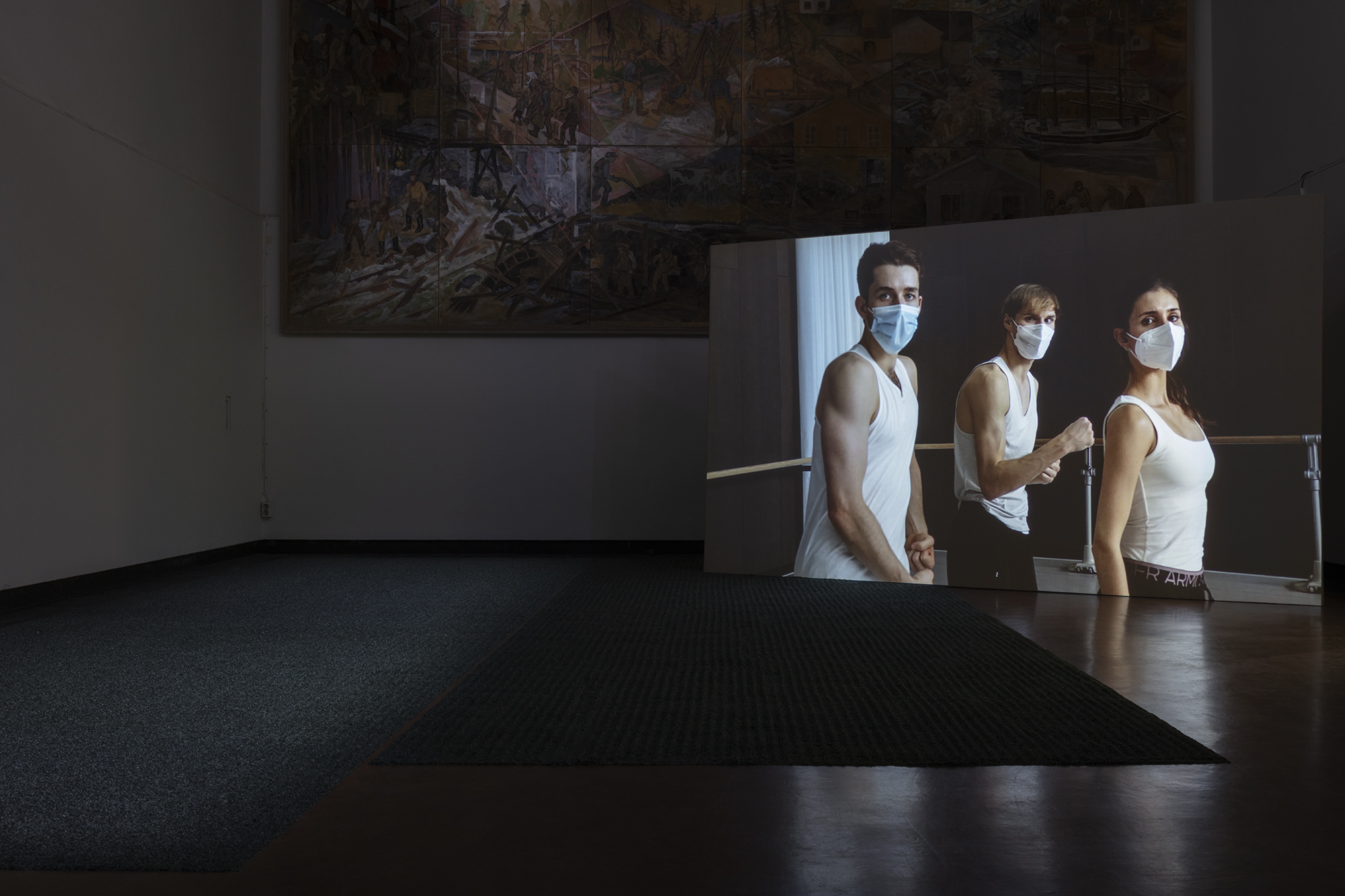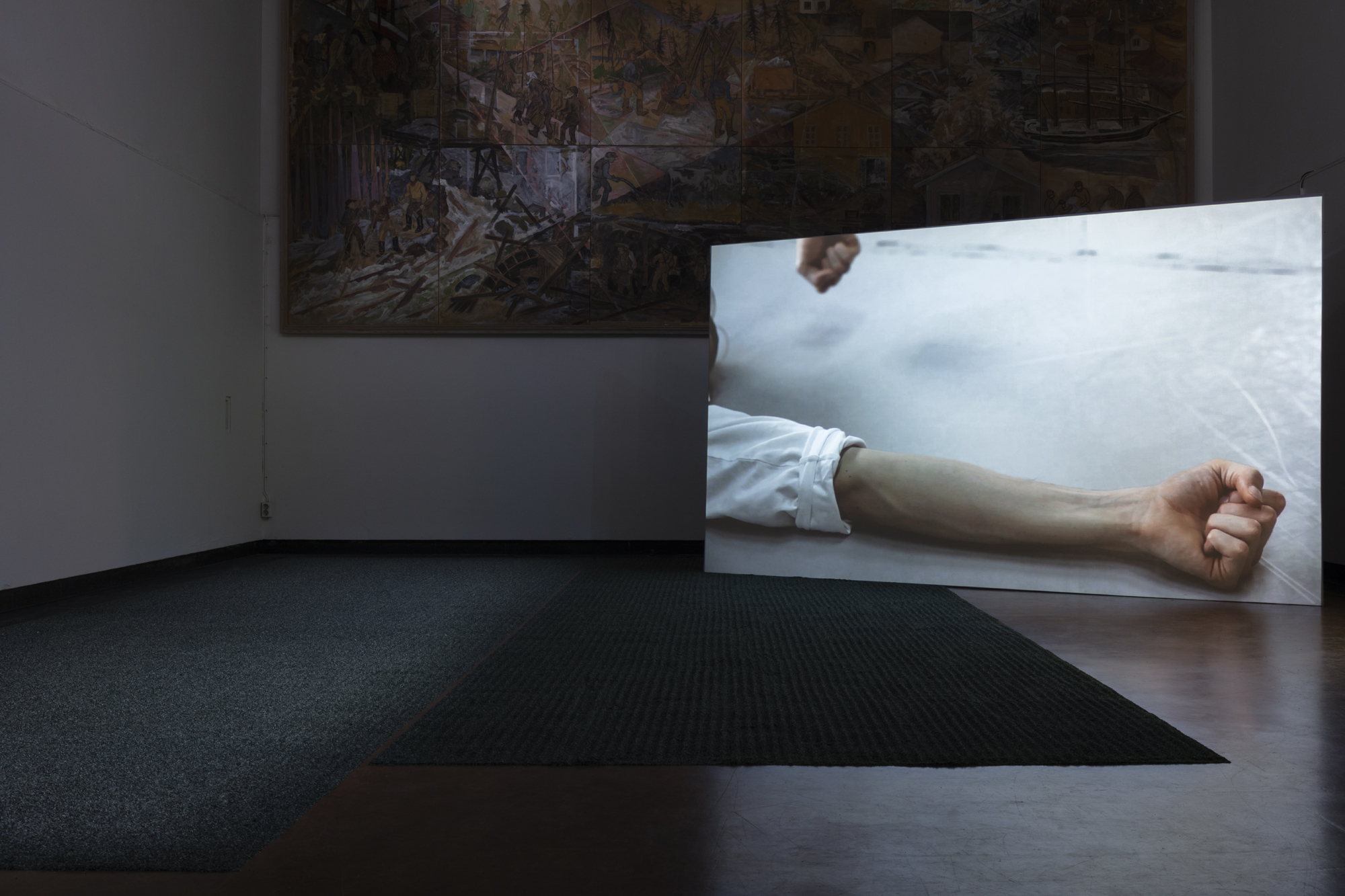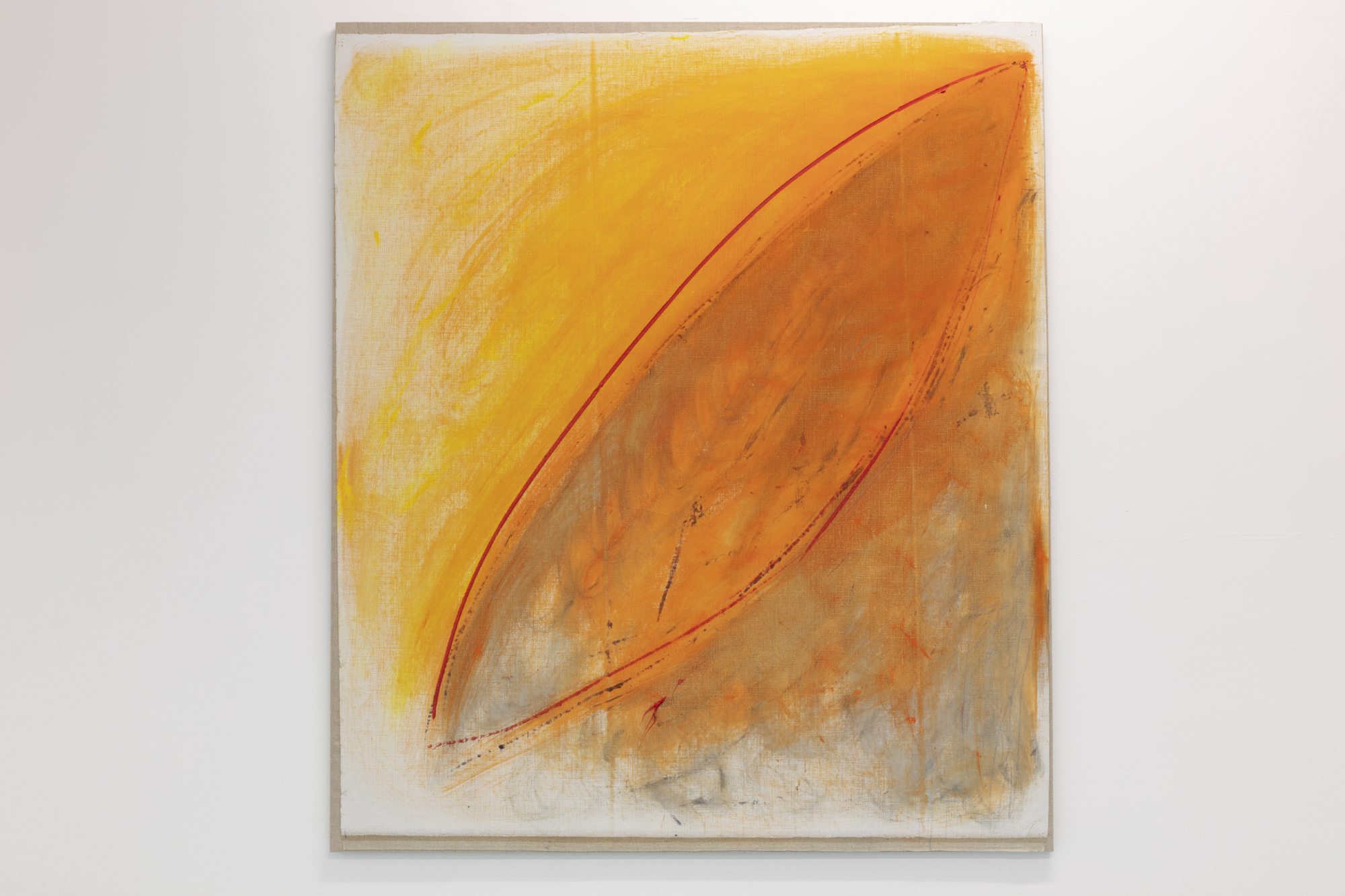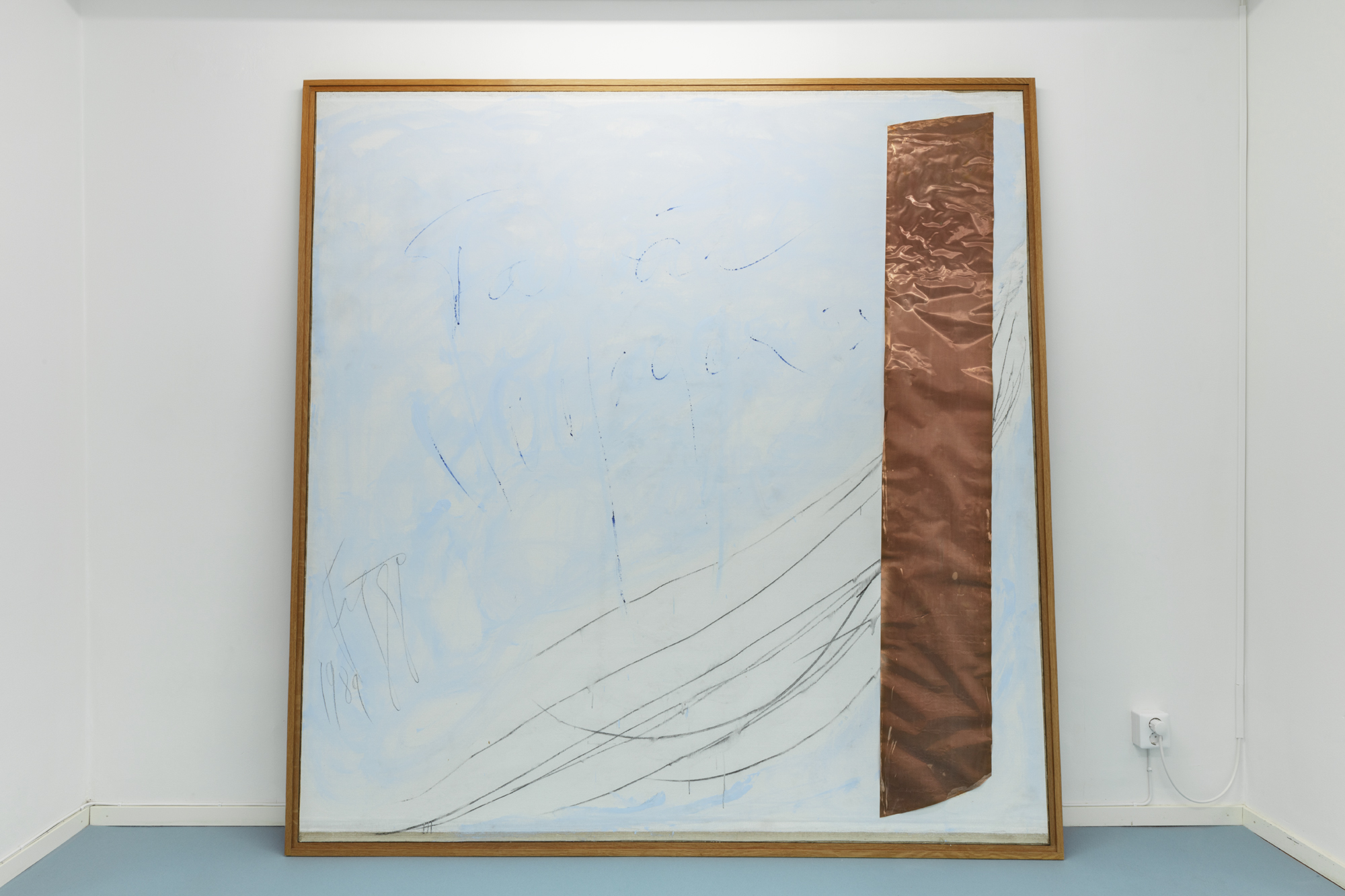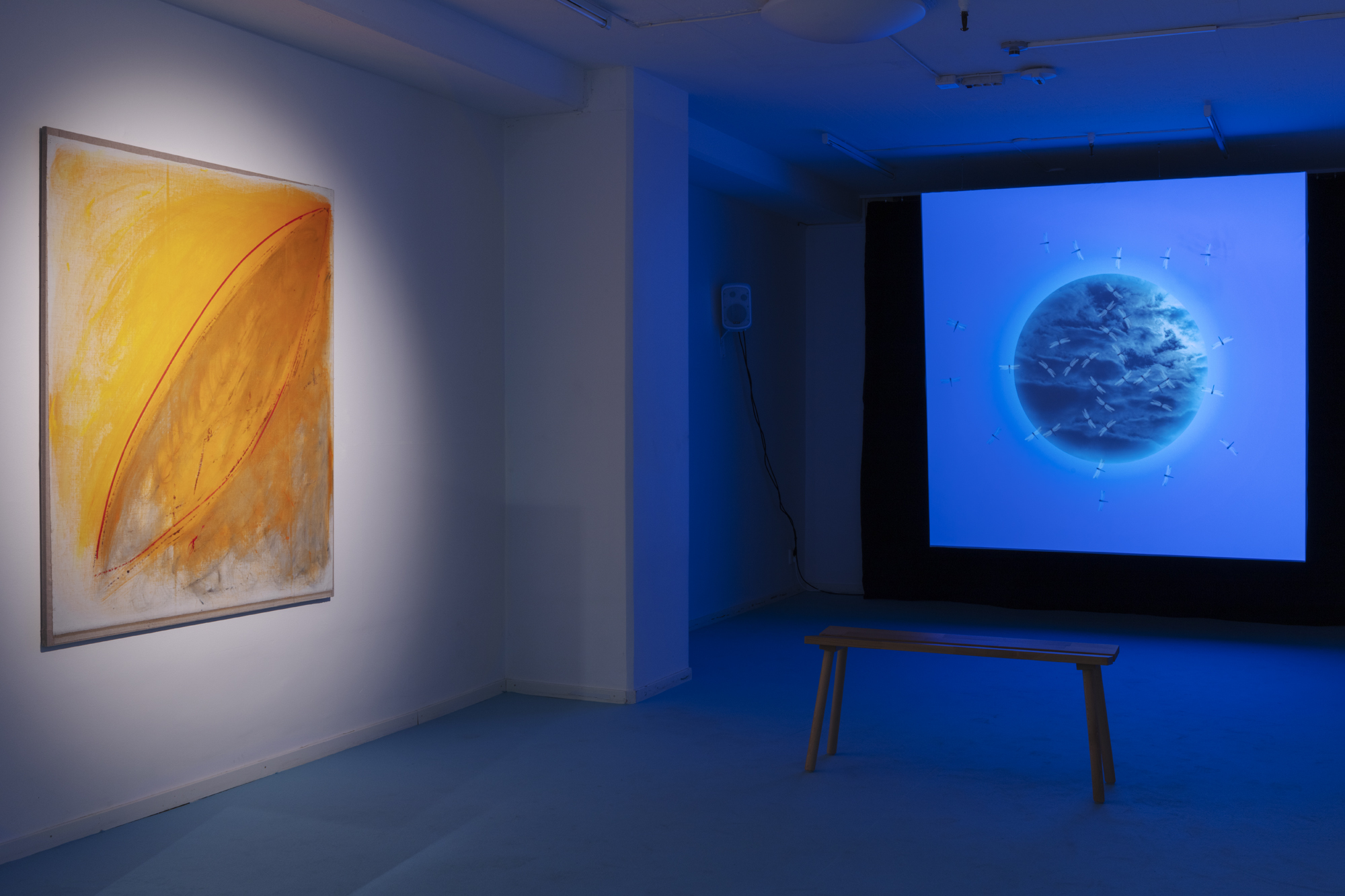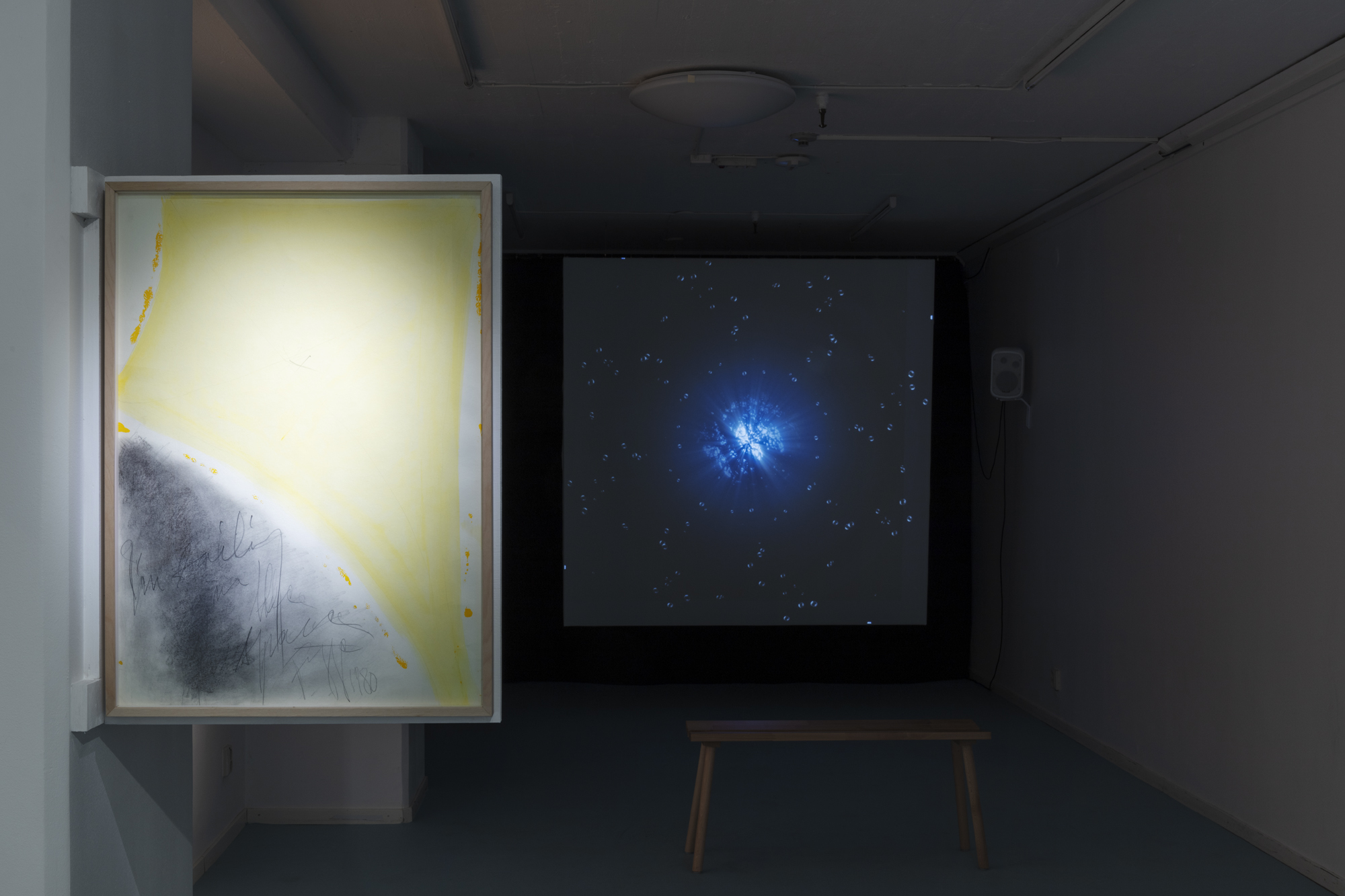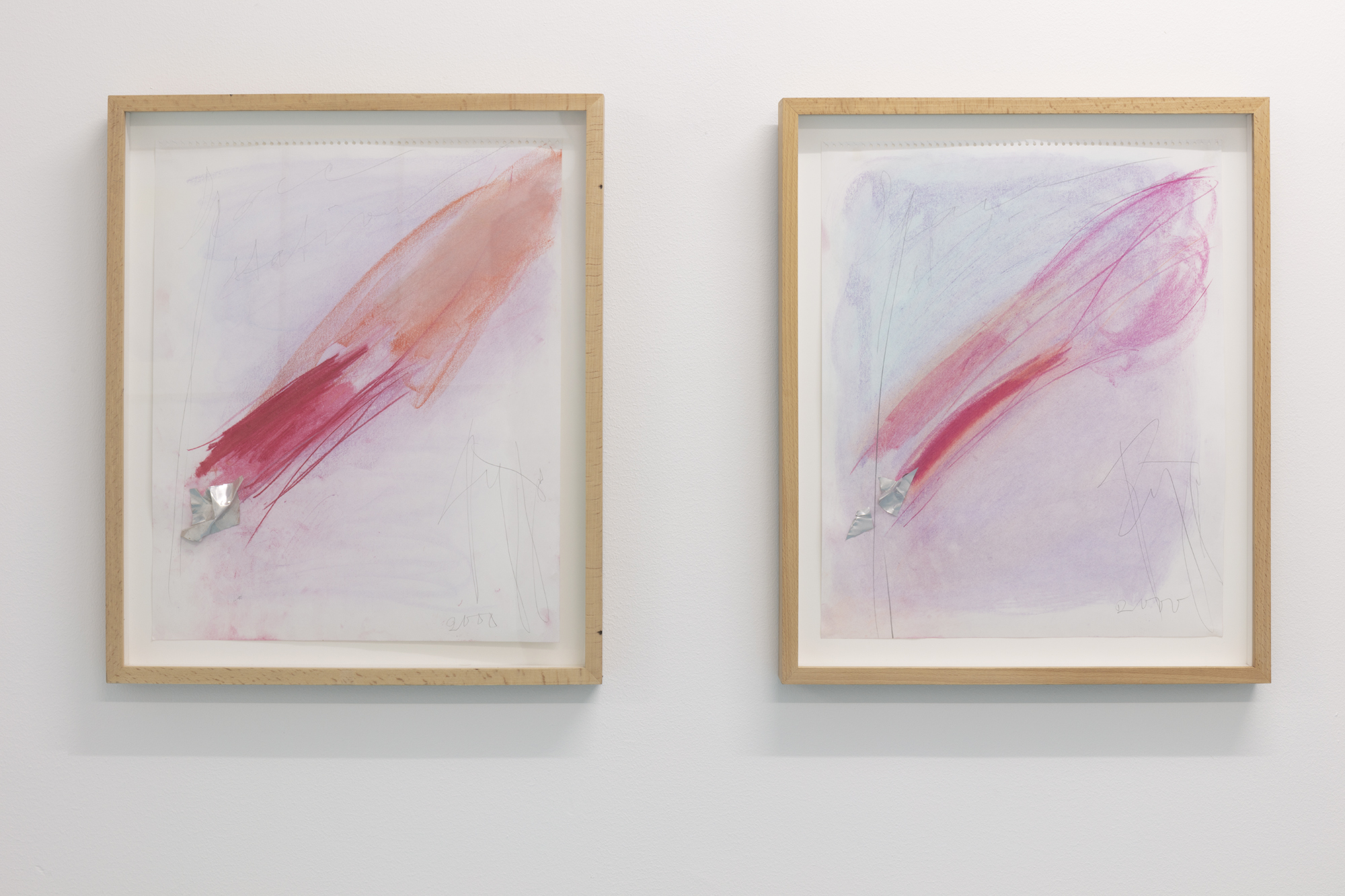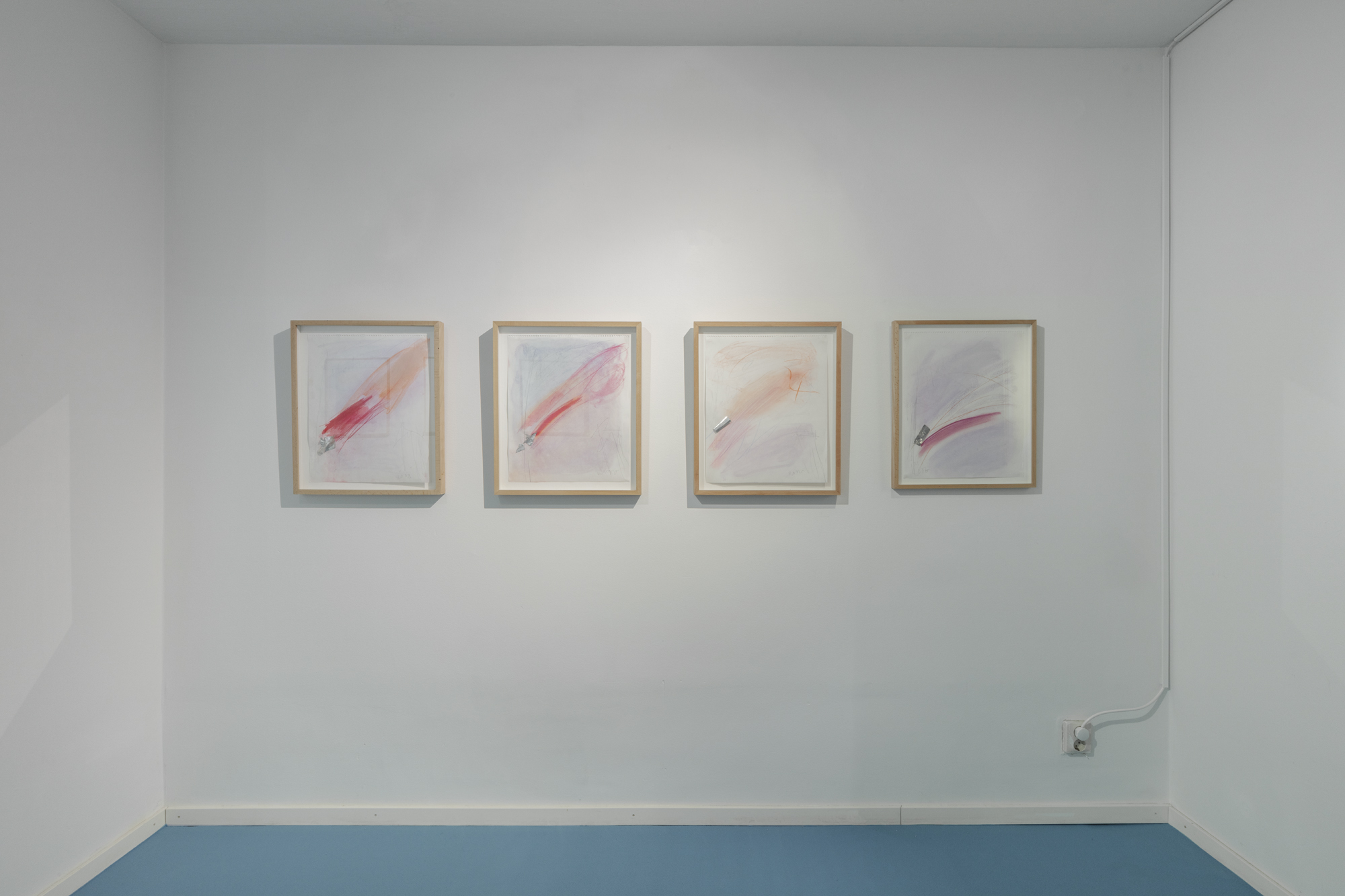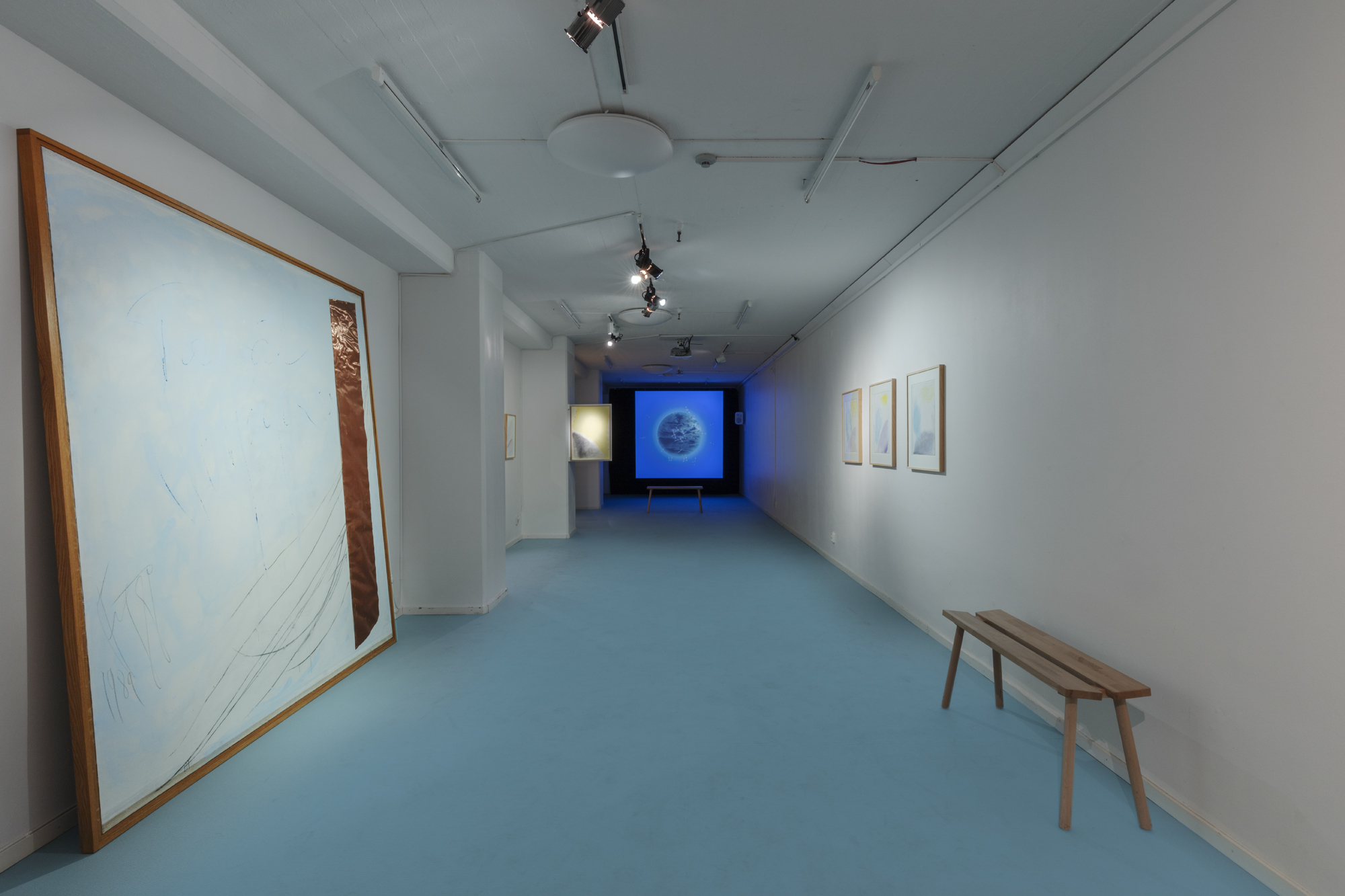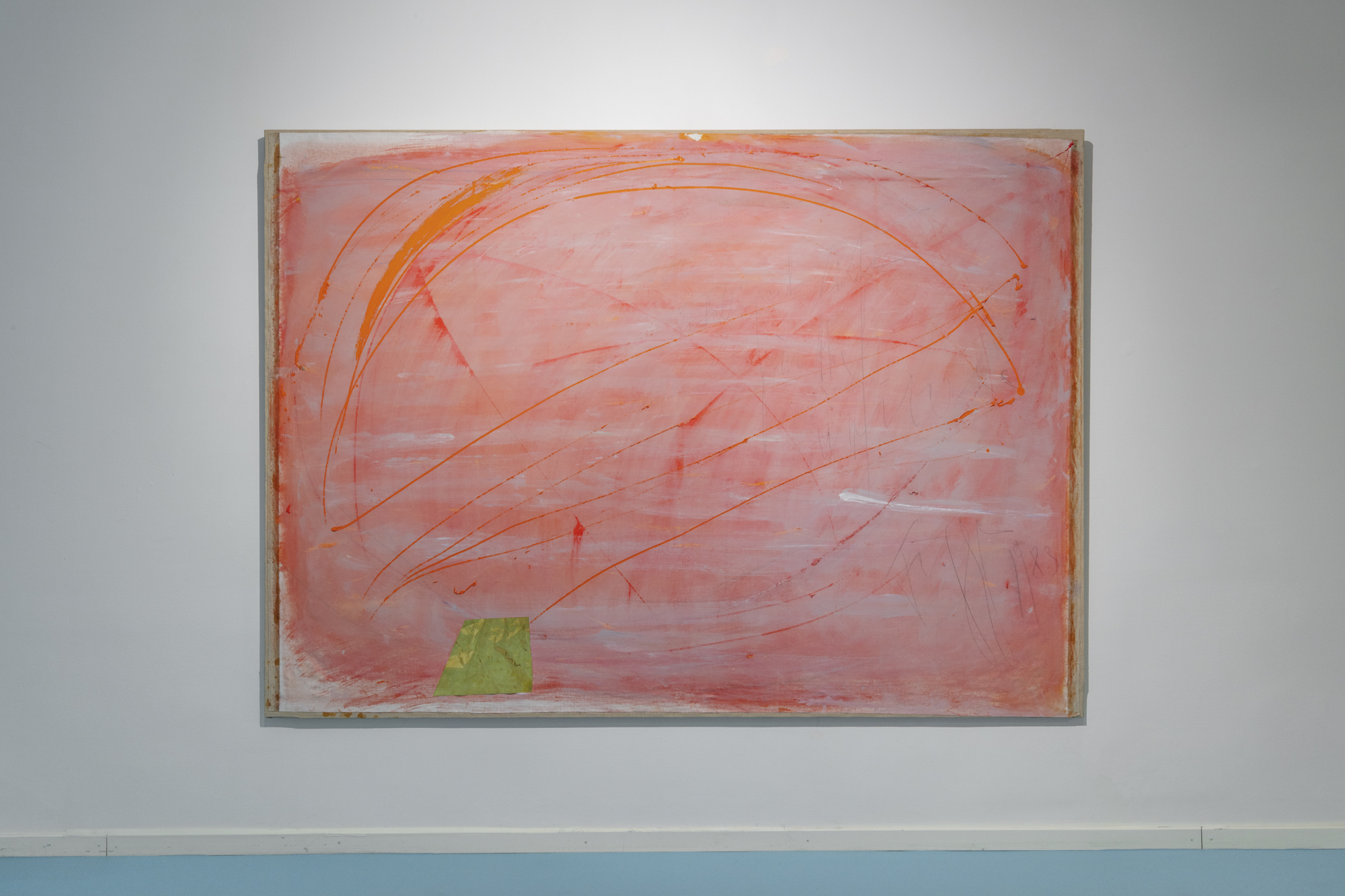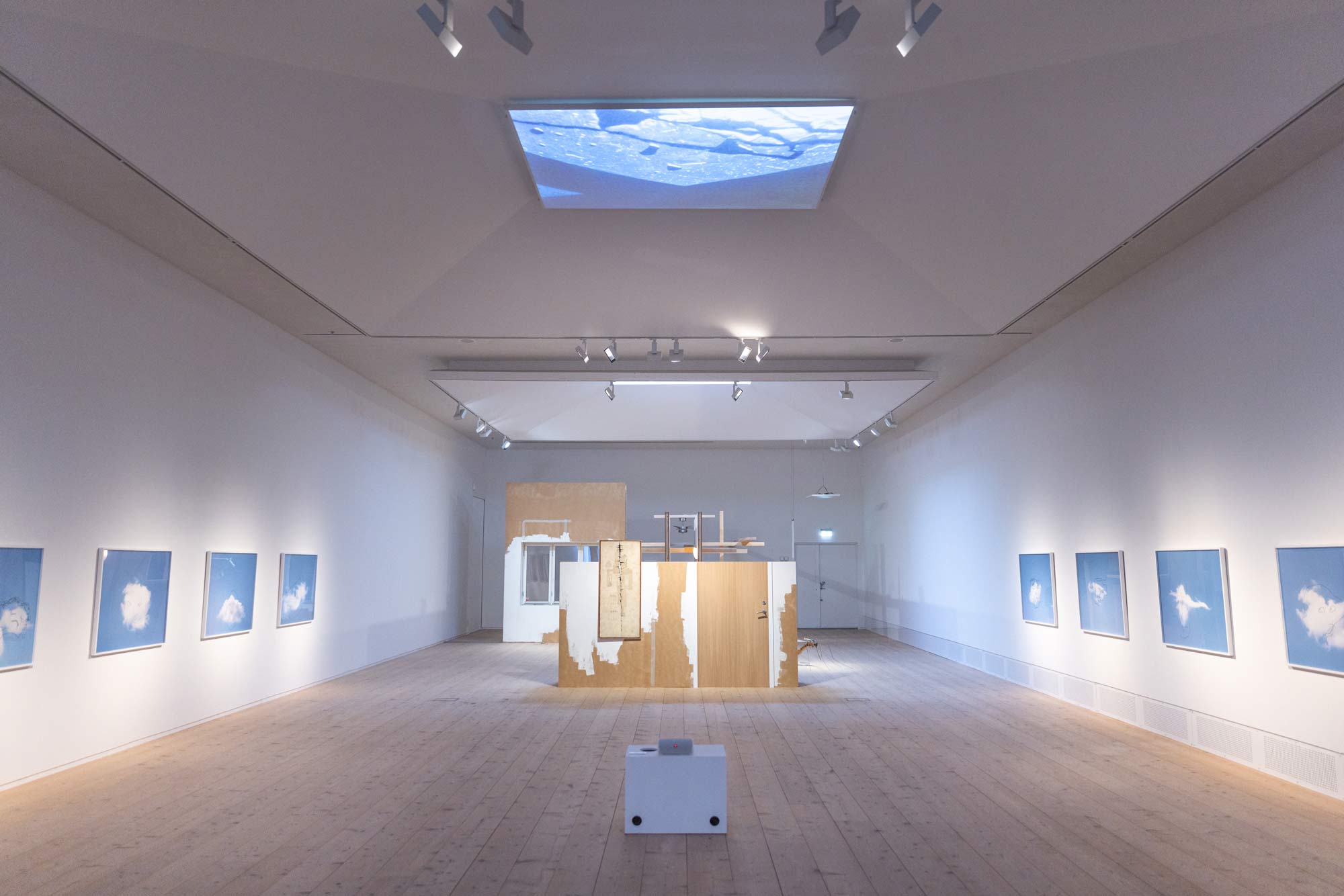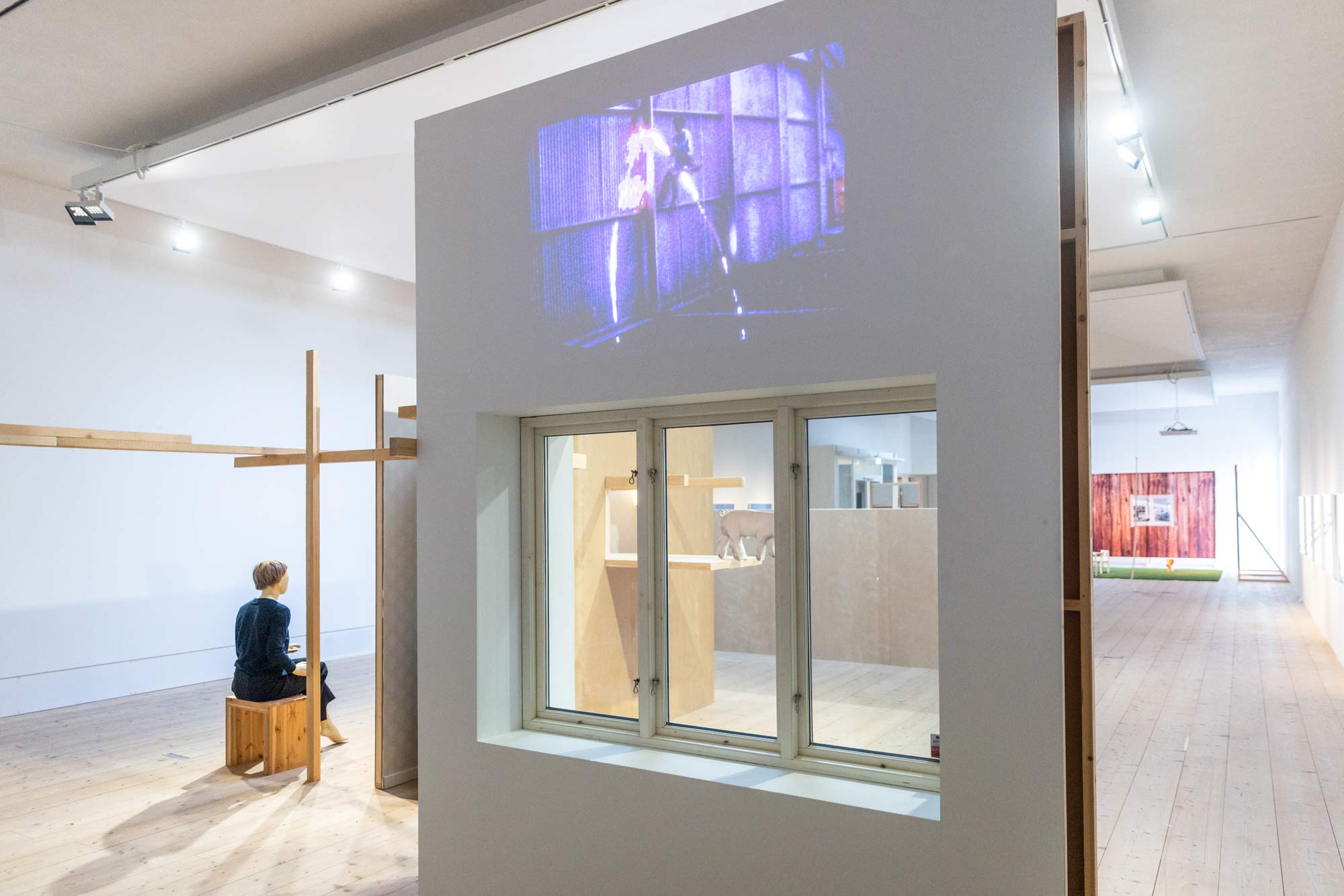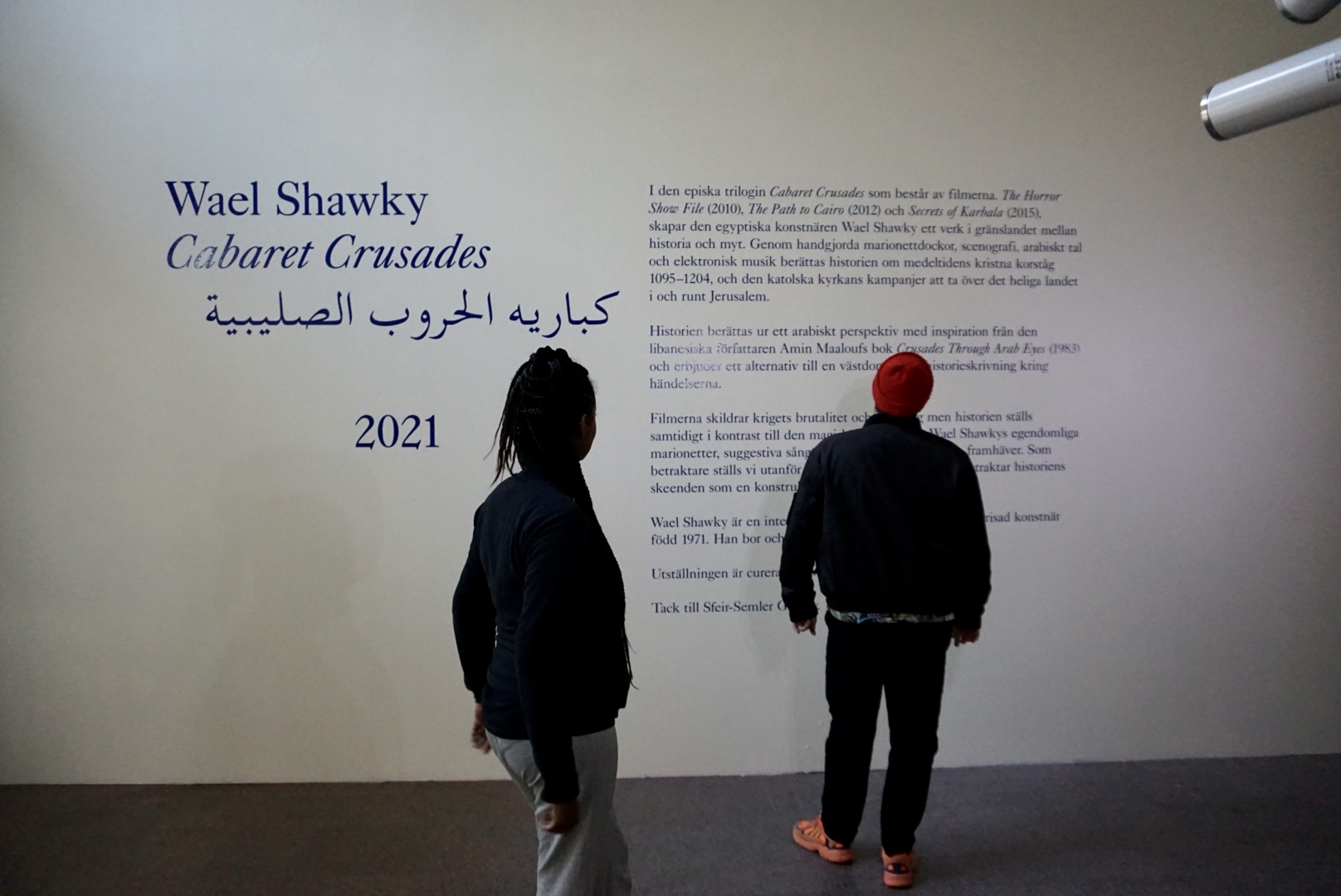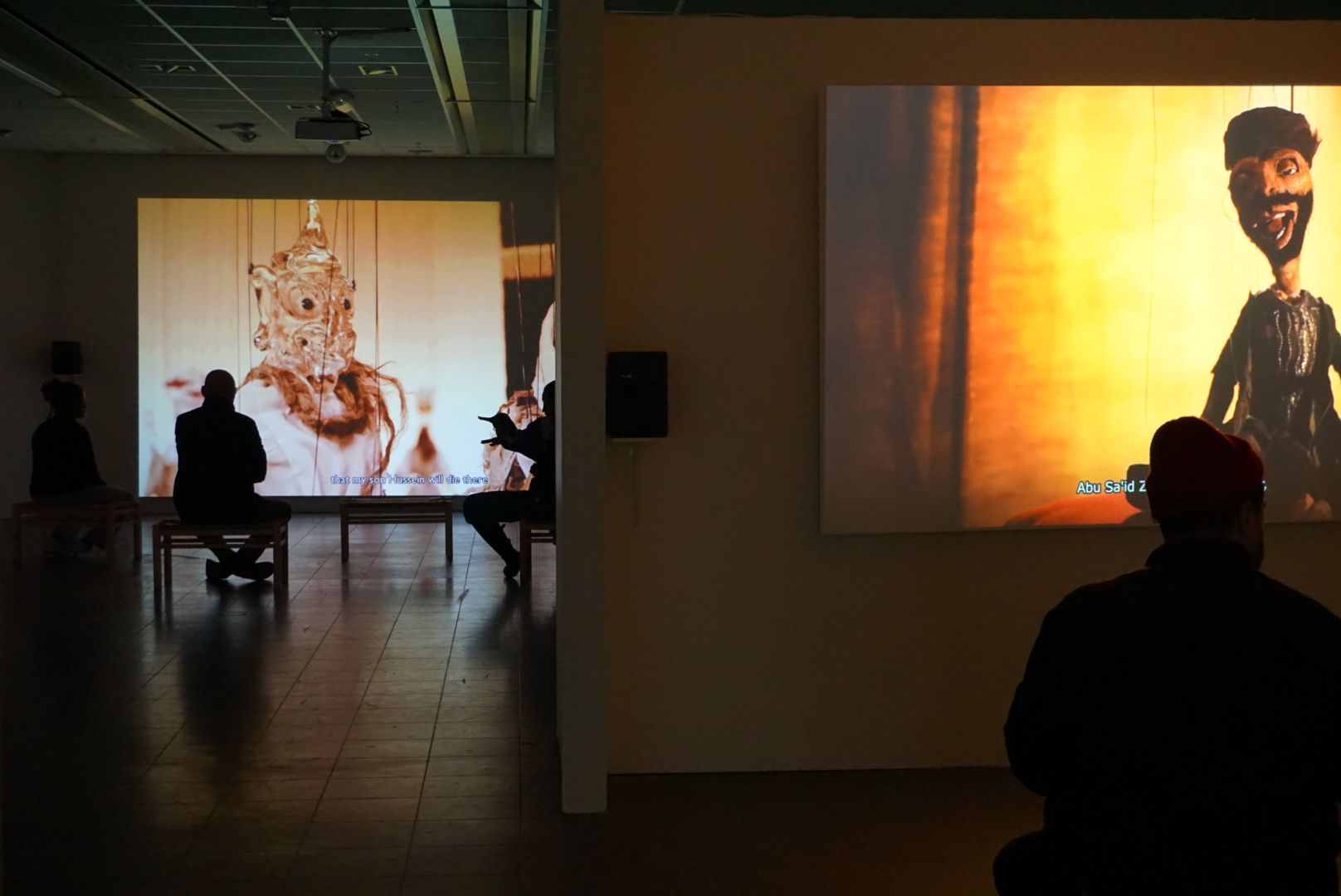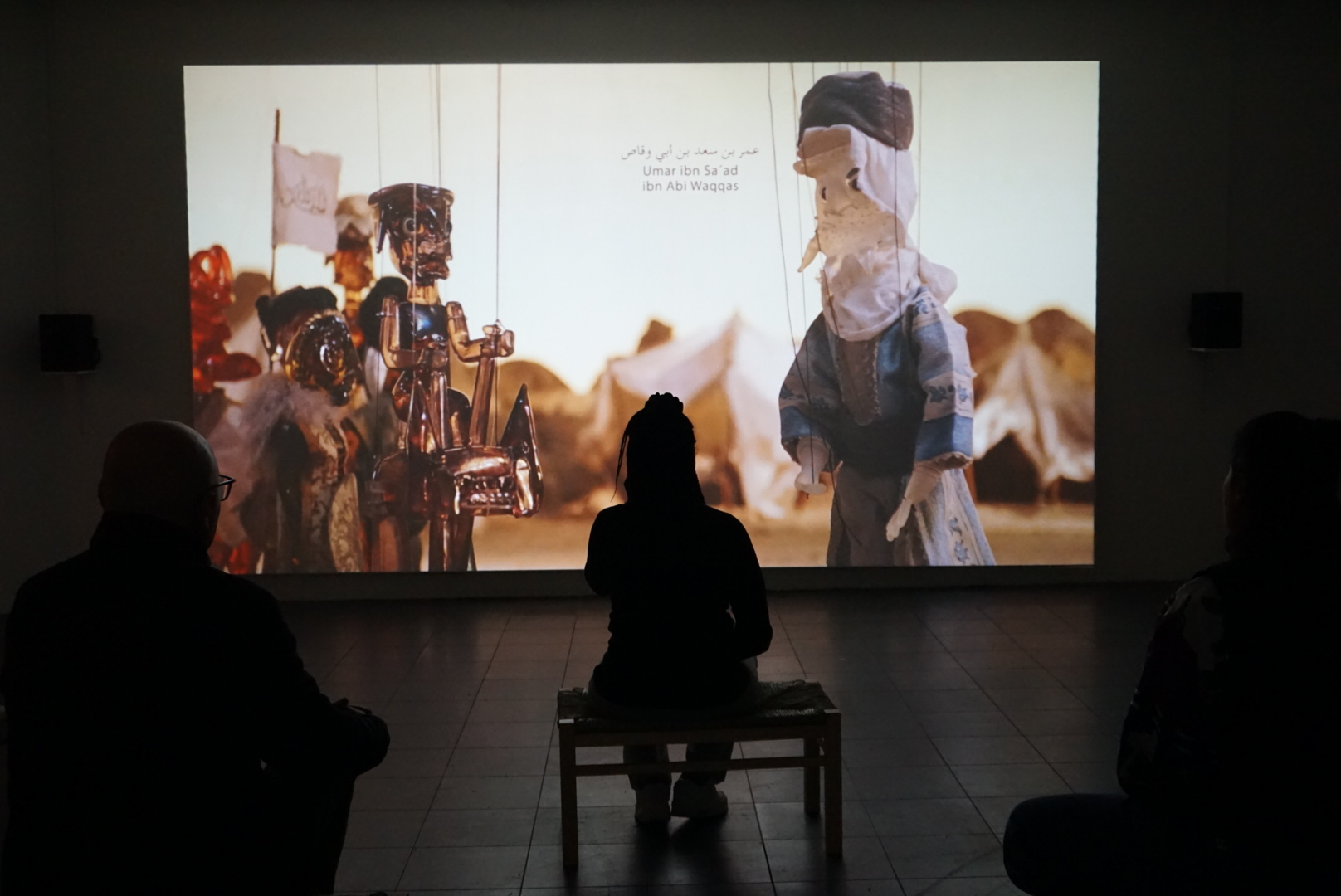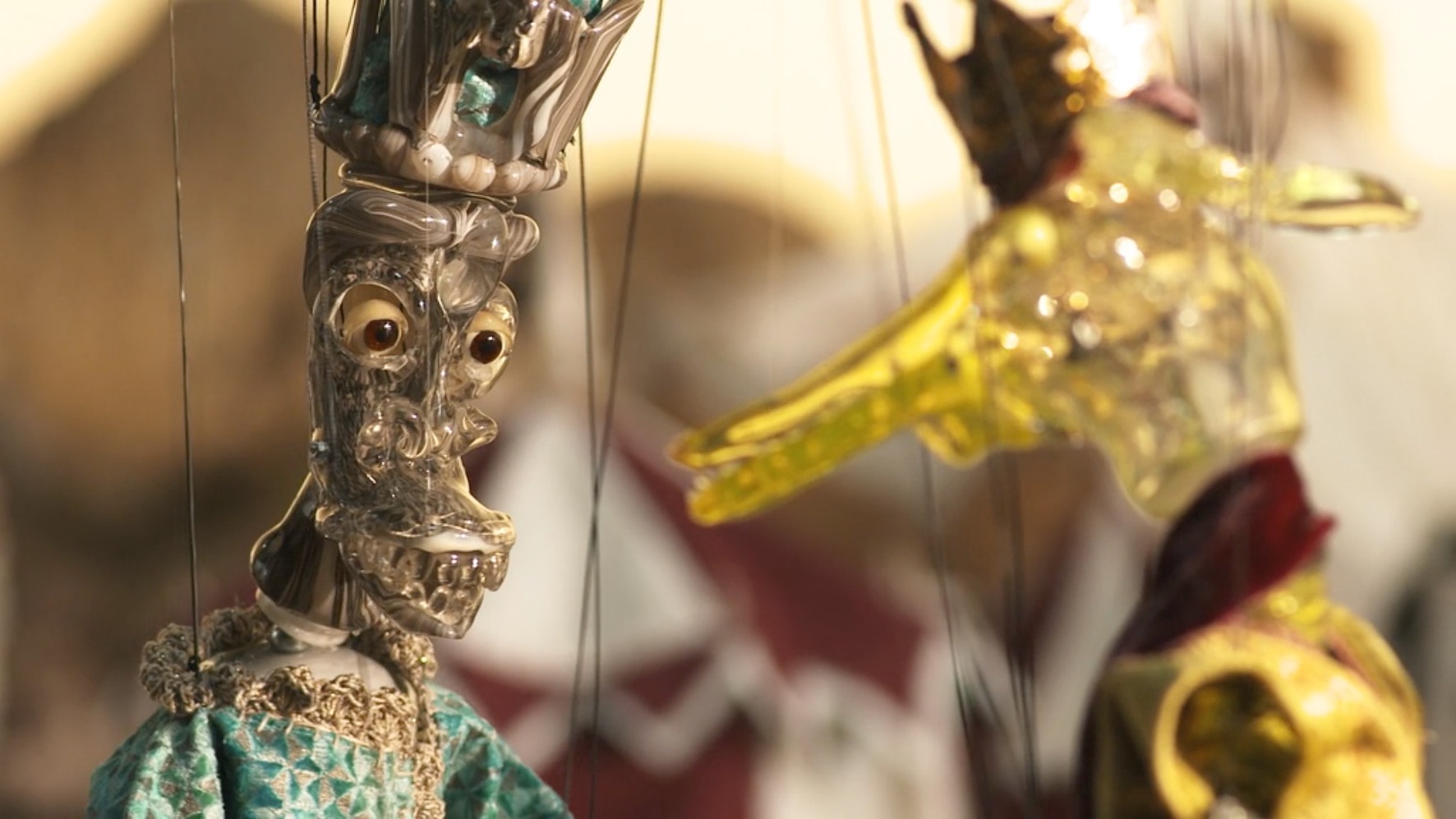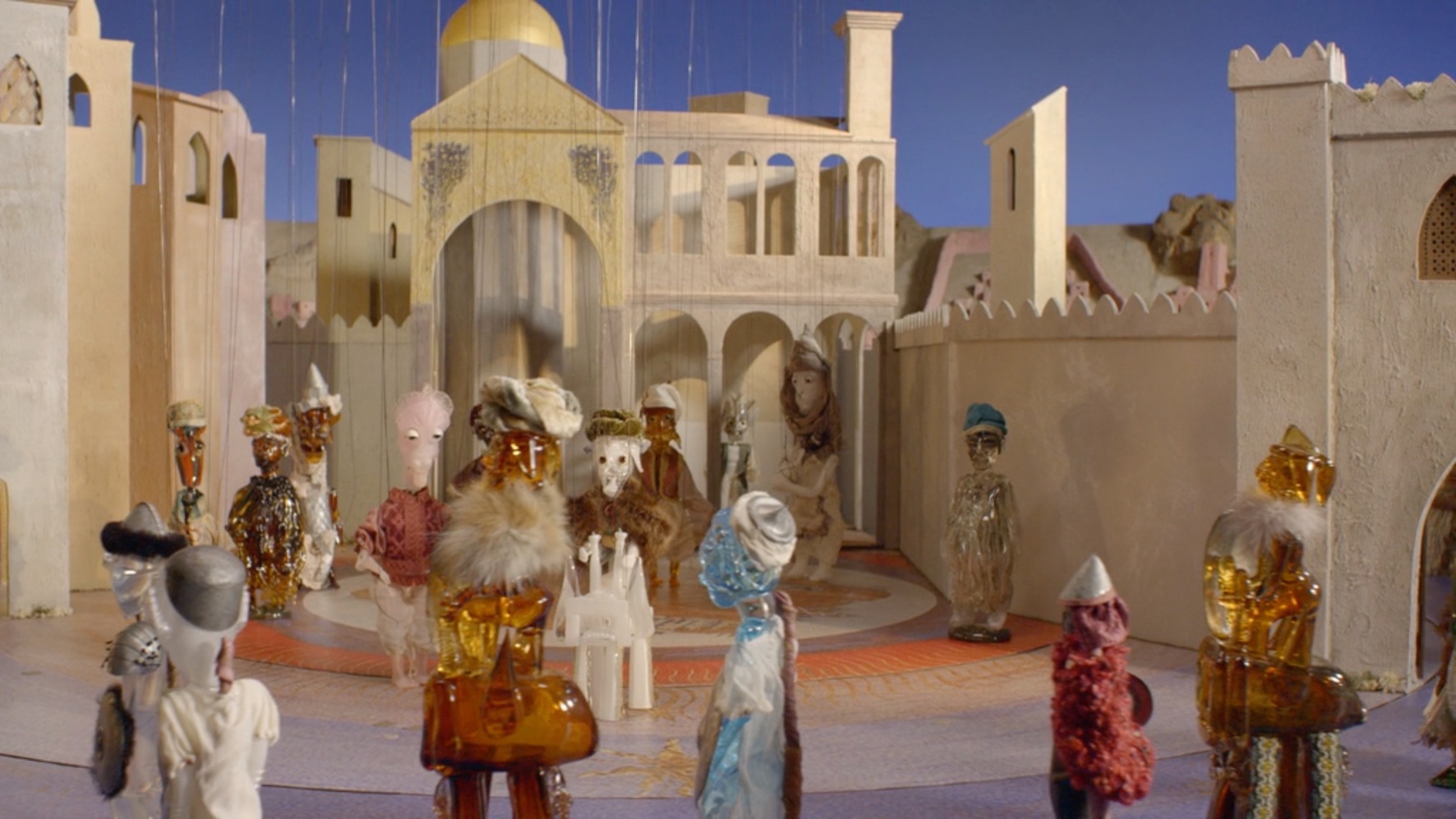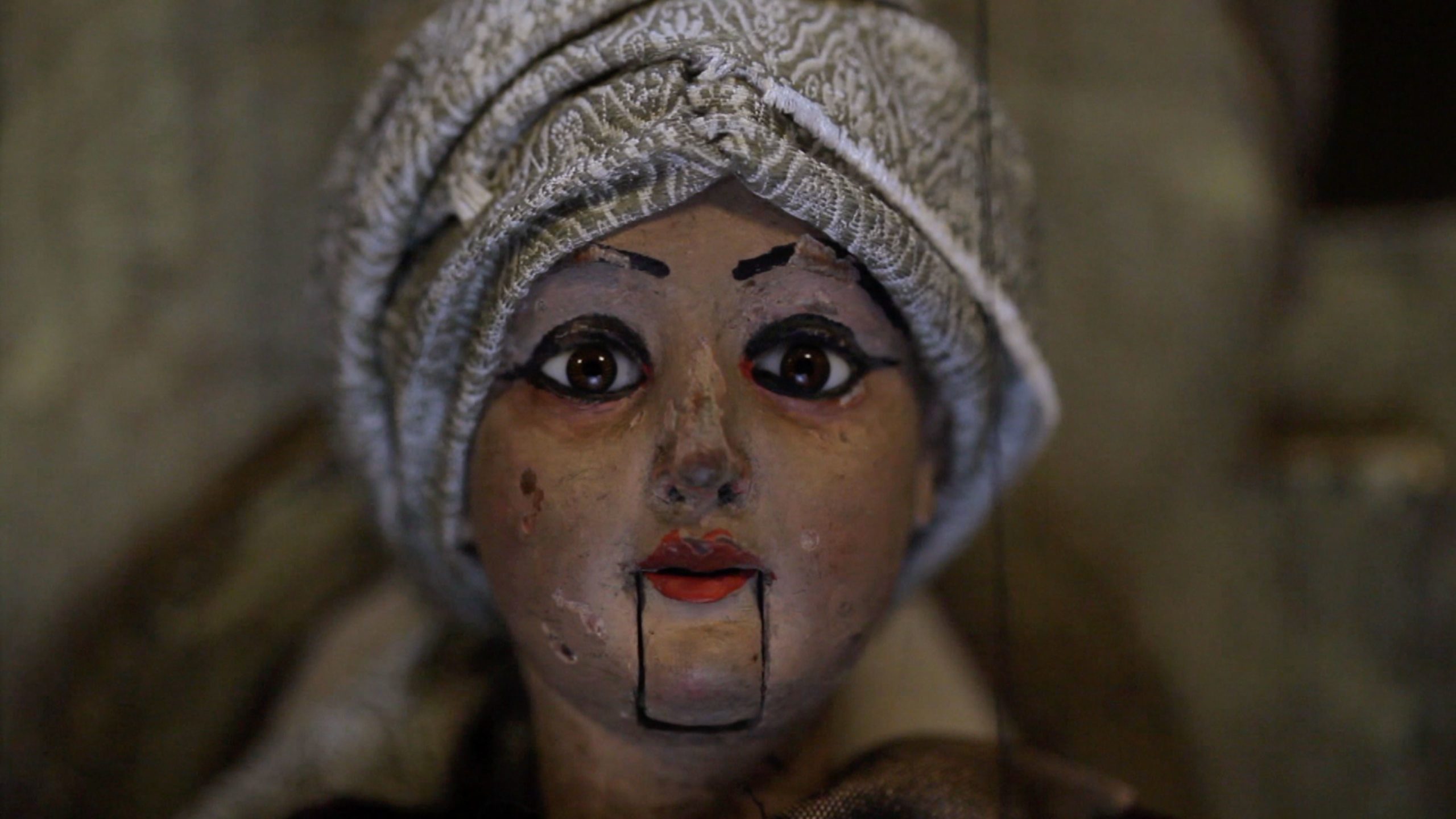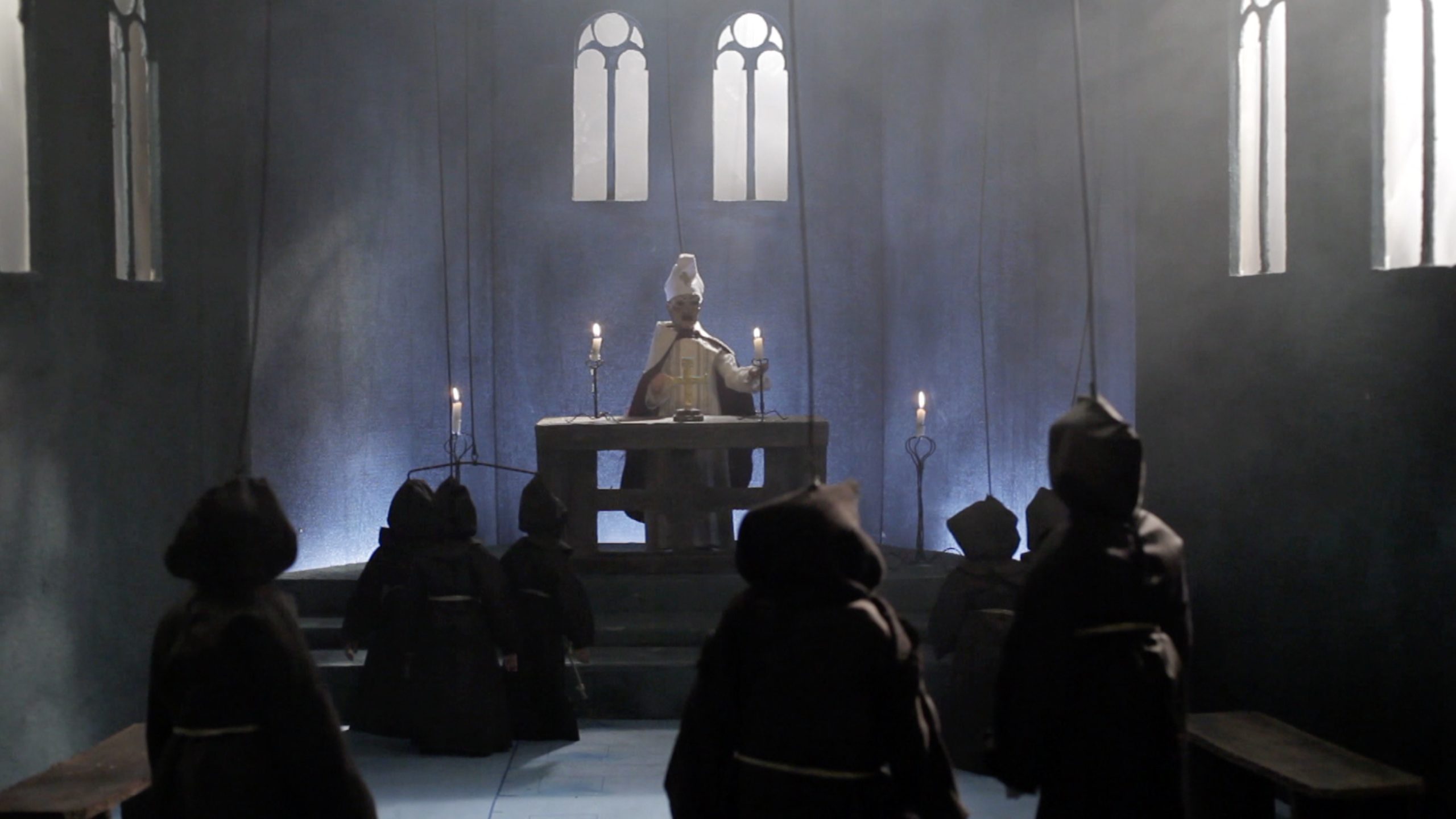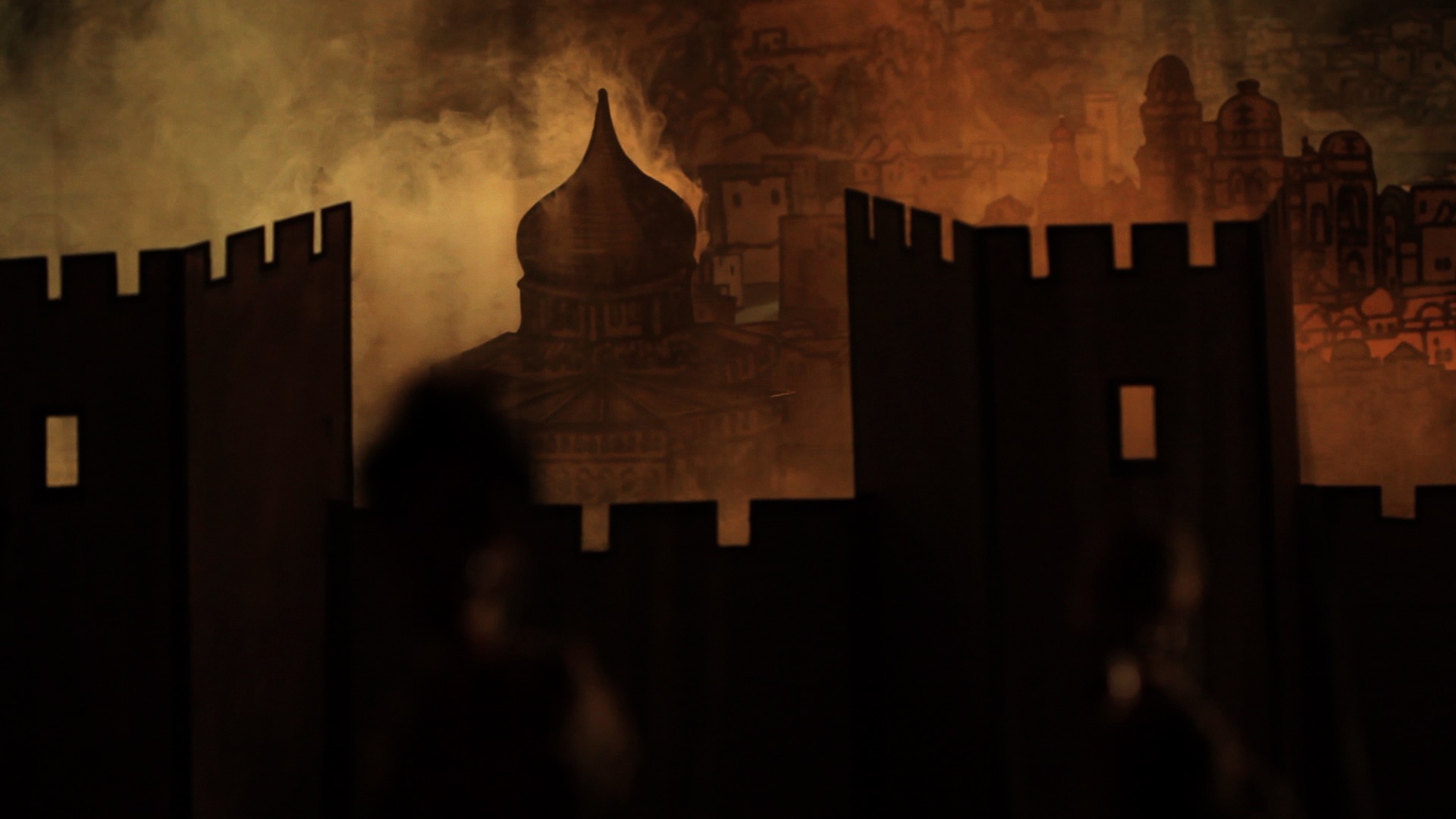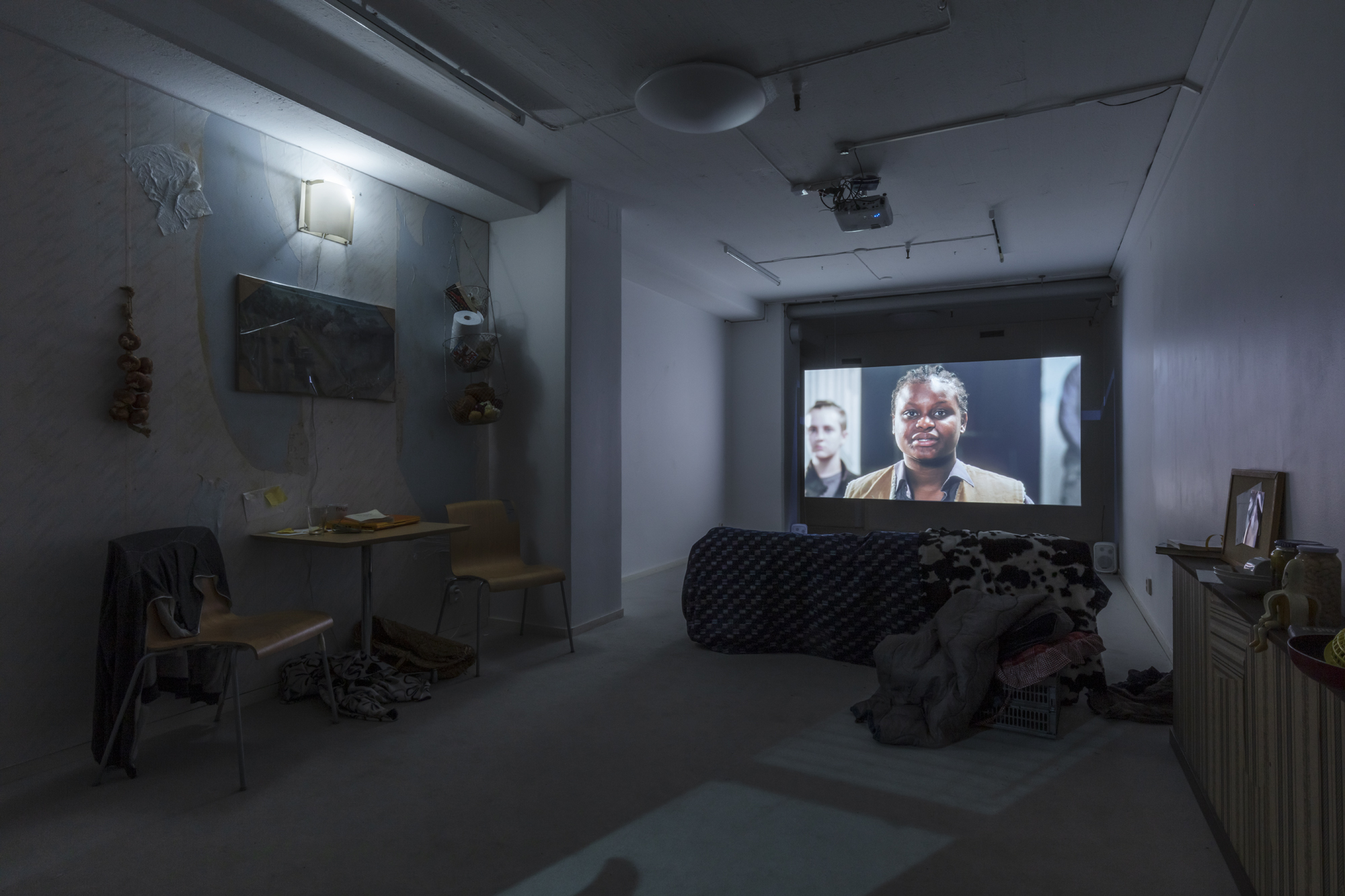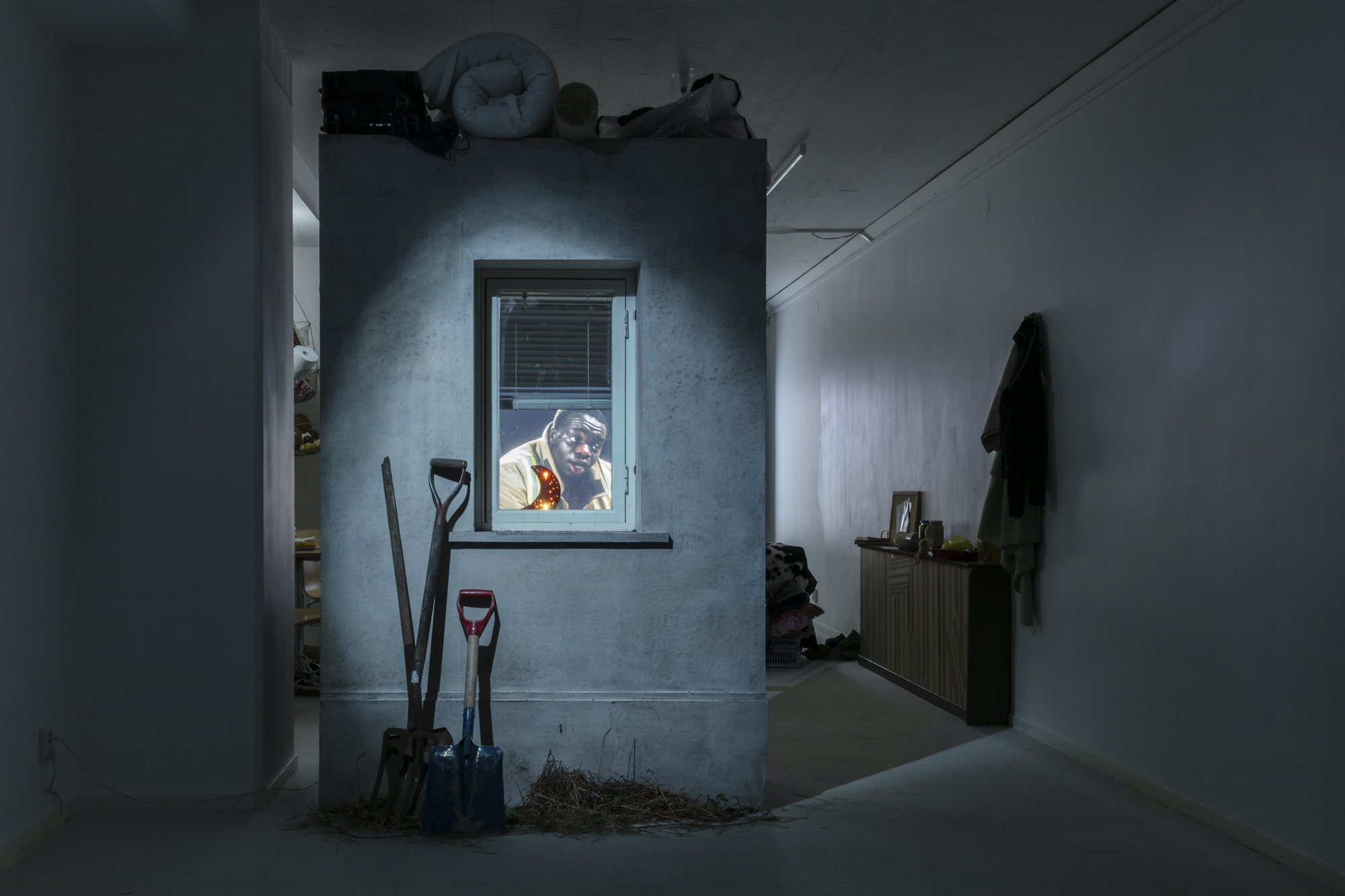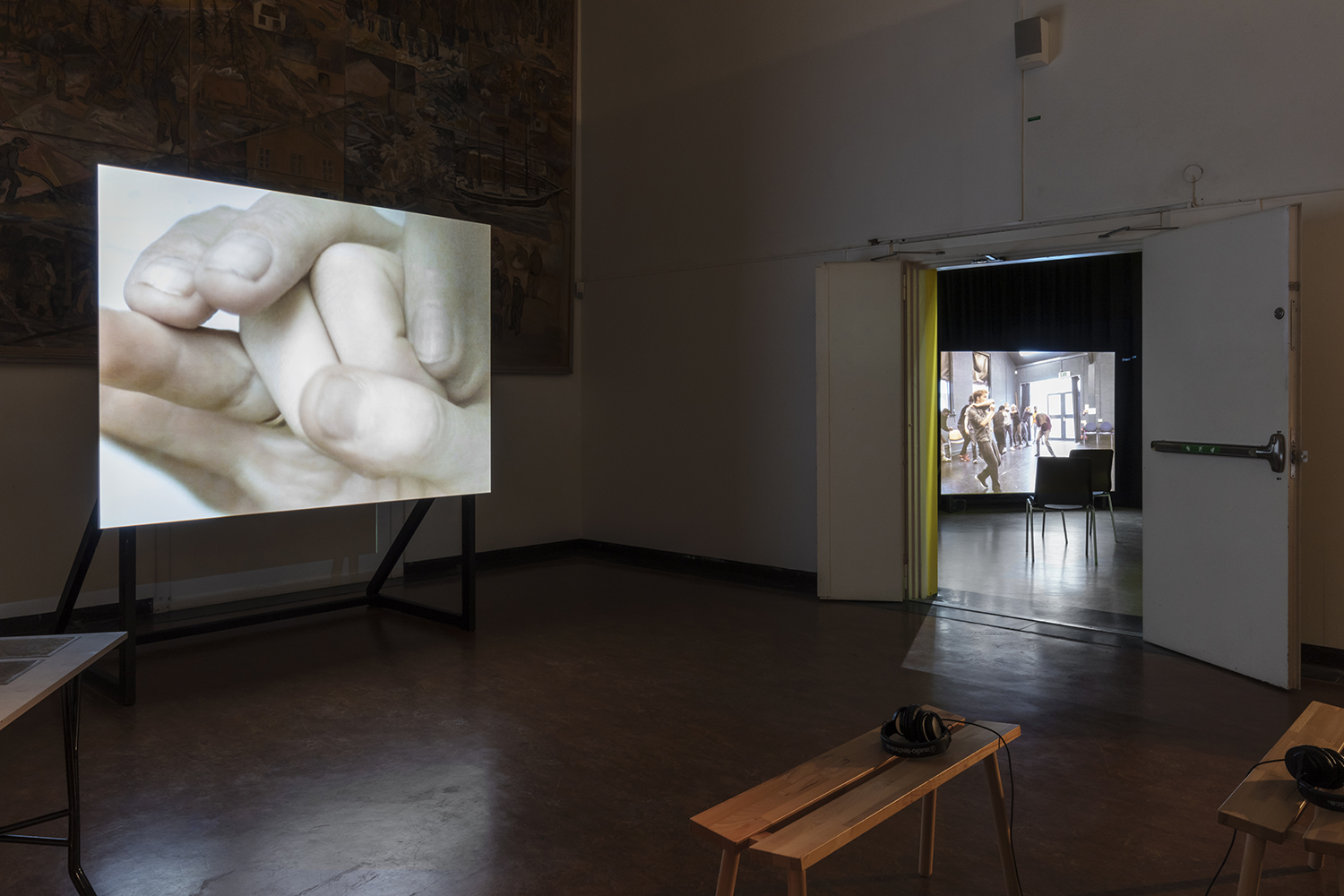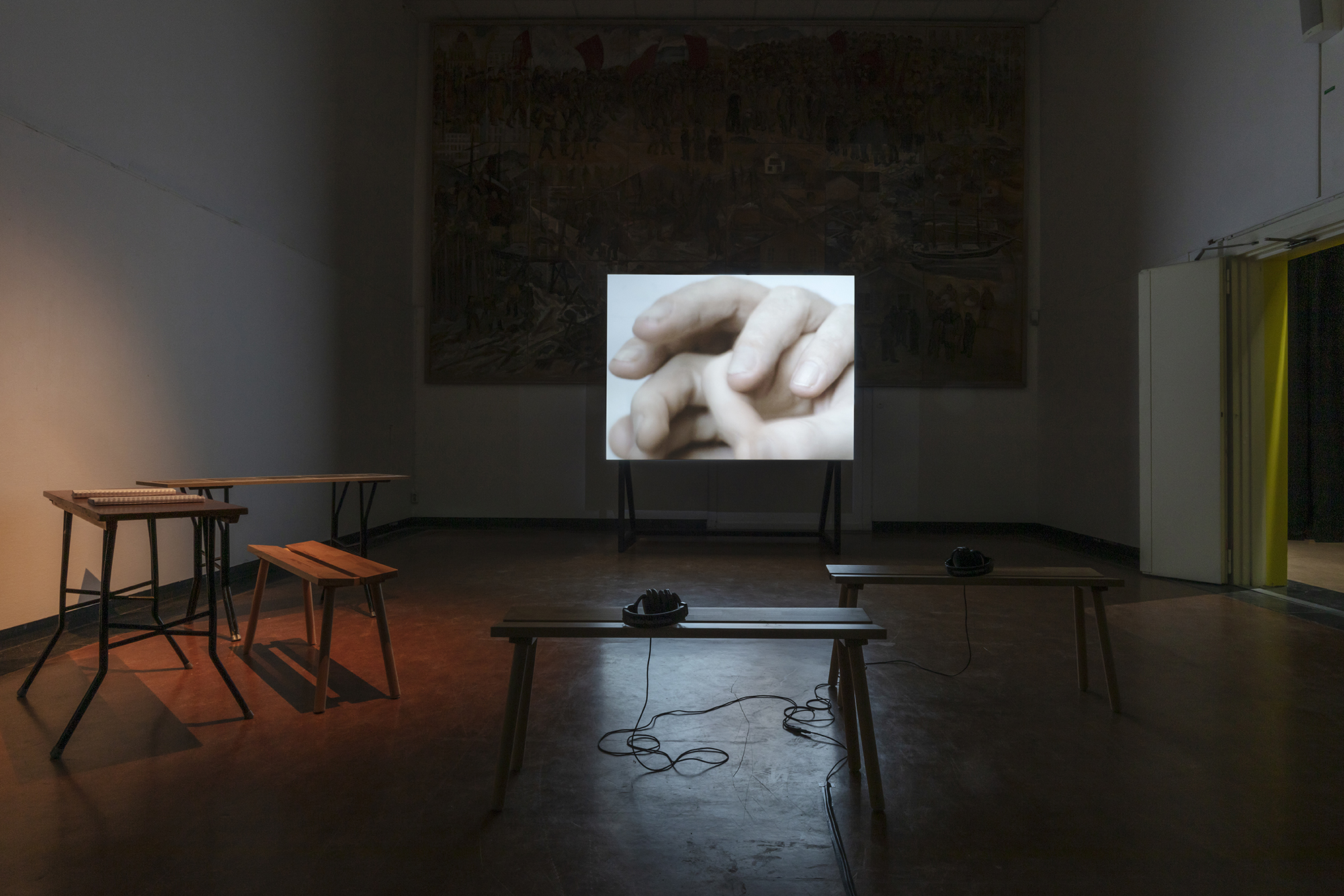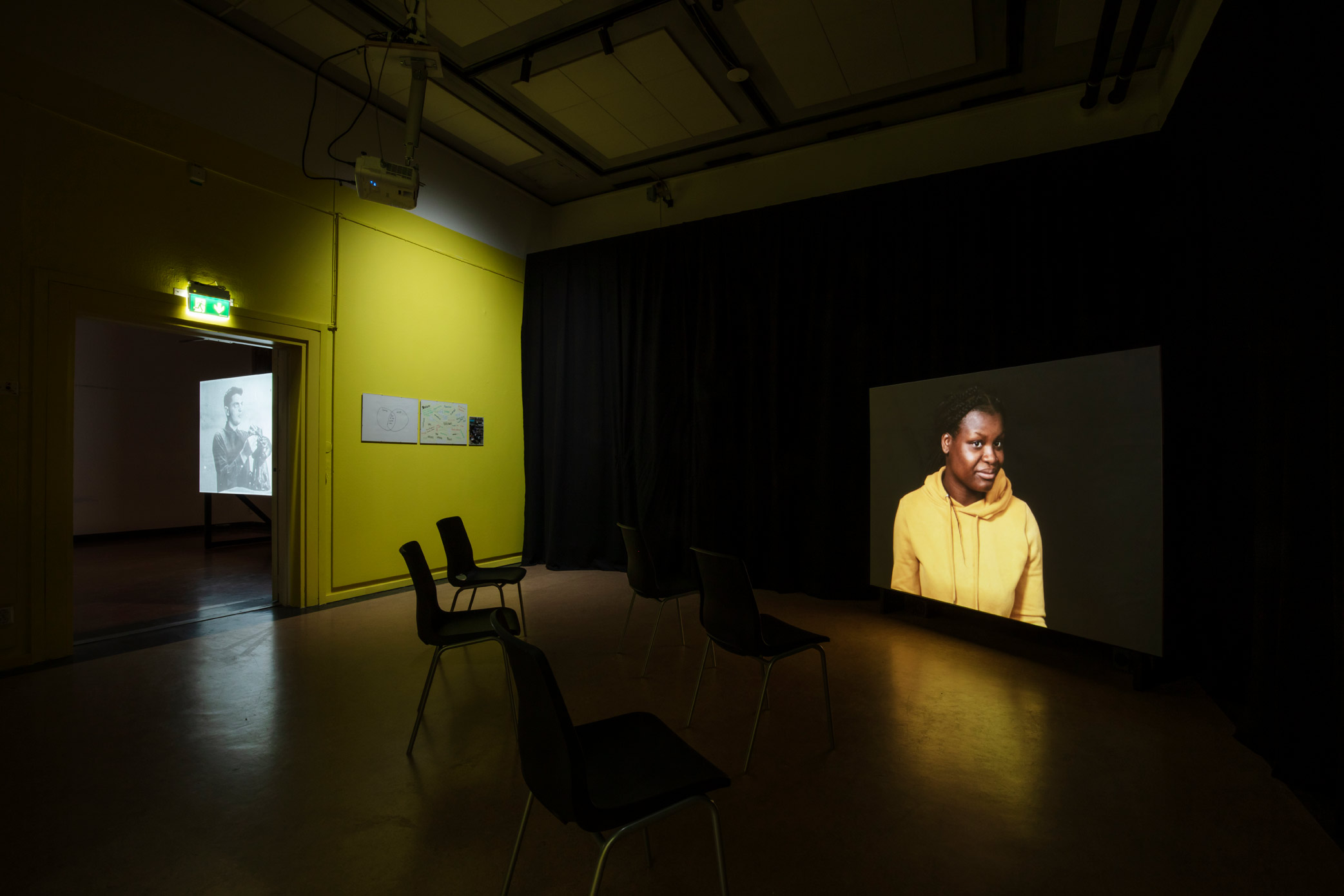During the autumn, Mint presents a new commission by the Austrian artist and composer Armin Lorenz Gerold. The artist invites visitors into an audio-visual system of ceramic sculptures, vibrating devices, sound and screens, transforming the exhibition space into a sensory acoustic landscape.
The artist draws inspiration from Anne Boyer’s work The Fallen Angel of the Senses, in which the author and poet maps the decay of the minor senses; touch, taste, and smell, in our “present arrangement of the world”, hyperextended or fractured from “capitalism’s distortions and pressures”. Working across a multitude of media, Gerold primarily focuses on voice and sound, making audio plays, live-performances, broadcasts, and installations. For the exhibition at Mint, Gerold has invited a range of artists and poets to contribute texts that negotiate questions about time and temporality through a variety of cultural, political and poetic angles that disrupt, alter or shape the present.
With contributions by: Lori E. Allen, Anne Boyer, Jay Bernard, Reece Cox, Andrew Yong Hoon Lee, Mara Lee, Thuy-Han Nguyen-Chi, Alex Turgeon and James Schuyler.
Armin Lorenz Gerold (*Graz/Austria) is an artist and composer based in Berlin. His work has been presented at Halle für Kunst Steiermark, KW Berlin, LambdaLambdaLambda (Kosovo); fluent (Spain), mint (Sweden) and the Gothenburg Biennale for Contemporary Art (in a collaboration with Doireann O’ Malley). In 2021, the artist published his first artist book including his most recent play Manuel or A Hint Of Evil, alongside a collection of essays and texts. The publication was published by Mousse Publishing, Milan, supported by the Ruisdael Stipend. In November 2022, Manuel or A Hint Of Evil premiered as a live audio play at Haus der Kulturen der Welt, Berlin.
The exhibition is supported by the Swedish Arts Council, BMKOES and the Austrian Embassy in Stockholm
Photos by Johan Österholm
